Moving to a new home might feel like a fresh start for you—but for your rabbit, it's a different story. Bunnies don't understand packing boxes or real estate listings. What they do notice is their world suddenly shifting, which can bring on stress, anxiety, and even health issues like gastrointestinal (GI) stasis. And if you're in the middle of relocating rabbits for the first time, it might feel overwhelming trying to protect your bunny from that kind of disruption.
Click Here For a Beginners Guide to Rabbit Care.

Fortunately, you can do a lot to ease your rabbit through the transition. Whether you're moving across town or across the country, thoughtful planning can help your rabbit arrive at their new home healthy and calm. This guide walks you through preparing your rabbit before the move, handling the trip itself, and supporting their adjustment after you arrive.
Prepping Your Bunny for the Move
Relocating rabbits successfully starts long before moving day. The more comfortable and confident your rabbit feels with their environment, the easier the process will be. Here are the first steps to take once you know a move is coming.

Introduce the Travel Carrier Early
One of the best things you can do is make the carrier part of your rabbit's daily life. Leave it open in their play area with familiar items inside, such as a soft towel, a handful of timothy hay, or a toy they already love. Let your rabbit explore it freely so it becomes less scary and more like a cozy hideout.
Short, casual sessions where your rabbit hops in and out on their own can help turn the carrier from a foreign object into a safe space. Avoid forcing them inside—let curiosity lead the way. If you have multiple weeks before your move, introduce some short car rides to build tolerance and ease travel-related nerves.
Update ID Tags and Vet Records
If your rabbit wears a collar tag, make sure it has your current phone number. Better yet, have your rabbit microchipped, and verify the contact info with the microchip registry. If you're moving far away, research exotic vets in your new area in advance. Print or save digital copies of vaccination records and recent checkups, just in case there's an emergency mid-trip.
Also, refill any medications before you leave. Don't assume you'll find a pharmacy or vet easily right after your move—especially if you're moving to a rural area or during a holiday week.
Stick to a Predictable Routine
Bunnies thrive on consistency. As the boxes pile up and routines start to slip, your rabbit will notice. Try to maintain their schedule for feeding, playtime, and cage cleaning up until the day of the move. This stability acts as an emotional anchor, preventing unnecessary stress-related issues such as loss of appetite or aggressive behavior.
Bunny-Proof Your Packing Process
While you're organizing, boxing up belongings, or rearranging furniture, keep your rabbit's safety in mind. Moving supplies like tape, cords, and plastic wrap can be dangerous if left within reach. Close off rooms where packing chaos reigns and keep your rabbit's space clean and familiar for as long as possible.
Managing Your Bunny During the Move
When it's finally time to hit the road, your goal is to keep things calm, quiet, and bunny-friendly. Whether you're relocating rabbits in a car, RV, or other vehicle, the journey needs to be as stress-free as possible.
Prepare a Quiet Room on Moving Day
On the day of the move, designate a rabbit-safe room where your bunny can stay out of the way. Choose a space with a door that can be closed and keep the lights dim. Leave them with fresh water, hay, and something comforting like a worn t-shirt that smells like you.
Post a note on the door so no one accidentally lets them out while moving boxes. This step is especially important if you've hired movers or have lots of people coming in and out of your home.
Set Up the Travel Carrier Properly
Your rabbit's carrier should be sturdy, well-ventilated, and roomy enough for them to lie down comfortably but not so large that they'll get jostled around. Line it with absorbent bedding or a towel layered with hay. Avoid wire-bottomed carriers, which can hurt their feet. Include a small portion of hay and a couple of treats to nibble on during the ride.
If you're traveling for more than a couple of hours, make stops to check on your rabbit. Keep the car temperature stable, and never leave them unattended in a vehicle—temperatures can become unsafe very quickly.
Stay Calm, Talk Softly
Rabbits are sensitive to sound and body language. Loud music, slamming doors, or raised voices will only spike their anxiety. Speak softly during the trip and check in with a gentle voice. If your rabbit responds well to touch, a light stroke on the forehead can be soothing.
During rest breaks, keep the carrier in the shade and never open it unless you're in a completely secure space. Even the calmest bunny may bolt if startled.
Settling In at Your New Destination
Once you've arrived, the next phase of relocating rabbits begins—helping your rabbit feel secure in their new surroundings. They won't recognize the smells, sounds, or layout of your new home, so patience is key.
Create a Safe Starter Space
Instead of giving your rabbit free roam right away, begin with a small area like a quiet bedroom or bathroom. Set up their cage or pen with everything they had in their previous space: same litter box, same food dishes, same blanket or bedding. Familiar smells go a long way in easing the adjustment period.
Don't rush exploration. Let your bunny set the pace. Some rabbits will be curious right away, while others may hide for hours or even days. That's normal.
Unpack in Stages
Too much activity all at once can overwhelm a rabbit. Try to unpack gradually, starting with rooms furthest from your rabbit's area. Stick to quiet, low-traffic zones until they show signs of curiosity or relaxation. Over time, you can allow them to explore under your supervision.
Use Familiar Items to Ease the Transition
Place your rabbit's favorite toys, tunnels, or cardboard boxes in the new space. The scent of these objects can signal that this strange new room is safe. Even the presence of their own fur or hay on blankets can offer comfort.
Remember to immediately bunny-proof any new areas they'll explore. Exposed wires, carpet corners, or baseboards can all be tempting chew targets.
Post-Move Care and Comfort
Relocating rabbits doesn't end once the last box is unpacked. In the days and weeks that follow, your rabbit may experience lingering anxiety or behavioral changes. Here's how to help them feel secure and get back to normal.
Watch for Warning Signs
Rabbits can react to stress in subtle ways. Common signs include hiding more than usual, refusing food or treats, straining to poop, or ignoring the litter box. These can signal physical issues, such as GI stasis, or emotional distress. If your rabbit hasn't eaten or pooped in 12 hours, contact a vet right away.
Stress-related digestive problems are common after a move. That's why it's essential to provide plenty of fresh, high-fiber hay. Products like Rabbit Hole Hay are a great choice to support your rabbit's digestion and overall wellness during recovery.
Rebuild Their Routine
Even if life is hectic, start recreating the daily rhythm your rabbit is used to. Feed them at consistent times, allow for regular playtime, and interact gently throughout the day. Predictability reduces stress and helps them feel more at home.
Give It Time
Don't expect your rabbit to bounce back instantly. Some rabbits adapt quickly; others take weeks to regain full confidence. Observe their body language—if they're flopping on their side or doing binkies, that's a great sign of comfort. If they're still hiding or tense, keep things low-key and wait patiently.
With time, affection, and consistency, your rabbit will come to recognize their new home as their own.
Why Relocating Rabbits Deserves Special Attention
Unlike cats or dogs, rabbits are prey animals. Their stress response is more intense, and their delicate digestive systems can shut down when things go sideways. Relocating rabbits isn't just about physical transport—it's about protecting their emotional balance every step of the way.
That's why it's important to use high-quality hay throughout the transition, like that found in our Rabbit Starter Kit. It includes timothy hay, orchard grass, and other bunny-safe goodies to keep your rabbit healthy while they settle in.
Whether you're moving for a new job, a better home, or simply a change of scenery, your bunny depends on you to keep things steady. Your care and foresight will help them adjust—and pretty soon, they'll be hopping happily across your new floors like nothing ever changed.
Planning for Long-Distance Moves with Your Rabbit
Local moves are one thing. But relocating rabbits across long distances adds layers of complexity. Whether you're driving several states away or moving cross-country, keeping your rabbit healthy and calm on the road requires extra planning.
Pre-Trip Vehicle Prep
Before departure, give your vehicle a once-over with your rabbit's needs in mind. Pick a well-ventilated spot in the car that's away from direct sun and protected from drafts. Most rabbits travel best on the floor behind the passenger seat, where they're out of harm's way in the event of a sudden stop.
Pack a bunny bag with these essentials:
Fresh hay in a sealed container
Water in a spill-proof bottle or container
A few leafy greens stored in a cooler
A portable litter tray (if the trip will last more than 4-5 hours)
Towels or puppy pads in case of accidents
Medical records and emergency vet contact info
Make sure your carrier is secured so it can't slide. You can use a seatbelt or wedge it between bags for stability. Comfort items like a small fleece blanket or a soft toy can help make the carrier feel familiar, even on a long ride.
Know the Route
If you'll be traveling over multiple days, plan your stops in advance. Map out where you'll sleep and confirm whether the hotel or Airbnb is pet-friendly—not all accept rabbits. Websites like BringFido can help you find rabbit-friendly accommodations along your route.
If you'll be moving during summer or winter, temperature control is key. Heat stress and cold exposure are both dangerous to rabbits. Always keep the car's climate stable and never leave your rabbit unattended, even for a quick bathroom break.
Overnight Travel and Hotel Tips for Bunnies
Sometimes, a move requires stopping overnight. Whether it's a roadside motel or a friend's house, here's how to make your rabbit's temporary stay safe and stress-free.
Set Up a Temporary Hutch
Bring along a pop-up playpen or collapsible wire pen if your rabbit usually lives in a larger enclosure. Line it with waterproof padding and their regular bedding. Add a litter box, food dishes, and hay just like home. Try to replicate your rabbit's typical setup as closely as possible—even if it's on a smaller scale.
Keep Them Close
Don't isolate your rabbit in a separate room. Rabbits feel more secure when they can see or hear their people, especially in an unfamiliar place. Keep them in the room with you, away from loud TVs or strange smells. If you're staying somewhere with other pets, always keep your rabbit separated for safety.
Stick to the Routine
Feed your rabbit at the same time as usual and spend some quiet time together. Talk softly, offer a few treats, and let them explore the pen. If you're lucky, they might even flop down and relax a bit—one of the best signs your bunny is adapting well.
Reestablishing Normal After the Move
Once you've reached your destination and survived the moving chaos, the next phase is helping your rabbit feel truly at home. This part takes patience—but it's where your bunny begins to rediscover a sense of normalcy.

Gradually Expand Their Territory
After a few days in their starter space, start opening up new areas one at a time. Let your rabbit sniff, explore, and mark their territory with chin rubs. Keep a watchful eye to prevent chewing or accidents. Reward curiosity with treats and praise. If they seem nervous or withdrawn, wait another day before introducing more space.
Offer Interactive Toys and Enrichment
New surroundings come with new smells, sounds, and challenges. Encourage healthy curiosity by introducing cardboard tunnels, shredded paper boxes, or chew toys. Rabbits need mental stimulation as much as physical safety to feel confident in a new space.
Looking for ideas? You can find some easy, engaging enrichment inspiration in our blog on DIY Rabbit Toys.
Monitor Long-Term Behavior Changes
Most rabbits settle into a new home within 2–4 weeks. If yours seems withdrawn, starts hiding excessively, or displays aggression long after the move, it may be time to consult a rabbit-savvy vet. Sometimes the stress of relocating rabbits can uncover underlying health issues that weren't obvious before.
Supporting Your Rabbit's Health During Relocation
Your rabbit's digestive system depends on stability—and sudden disruptions can trigger everything from minor constipation to serious GI stasis. A consistent diet, low stress, and lots of hay are the best safeguards you can offer during a move.
Timothy hay is especially helpful thanks to its high fiber content and ability to keep digestion moving. Try introducing more long-strand hay during the moving period to encourage regular chewing and bowel movements. Our premium hay options offer clean, fragrant, and rabbit-safe choices for picky or stressed eaters.
And if your rabbit refuses food for more than 6–12 hours, call your vet. Even something as simple as dehydration can cause problems during a move. Offer leafy greens with a splash of water and make sure hay is always available—even if they don't seem hungry.
Making the Move Smoother for Both of You
Relocating rabbits isn't just about putting them in a carrier and getting from Point A to Point B. It's about protecting a small, sensitive animal from the physical and emotional challenges of being uprooted. That means planning ahead, packing smart, and staying calm when things don't go perfectly.
It also means choosing the right products—especially hay—to support your rabbit's well-being. Rabbits chew more when they're stressed, and high-fiber hay can help prevent serious health issues during periods of change.
Our Rabbit Starter Kit and hay collection are designed with your bunny's digestion and comfort in mind. From Soft Orchard Grass to Coarse Timothy, there's a hay texture to match every rabbit's preference—even picky ones.
Key Takeaways for Relocating Rabbits
Start preparing weeks ahead by familiarizing your rabbit with their carrier and sticking to routines.
Keep travel calm, secure, and temperature-controlled, especially for long-distance moves.
After arrival, create a safe starter space and expand it gradually to avoid overwhelm.
Support your rabbit's digestive health with premium hay and consistent feeding.
Offer toys, treats, and affection to help your rabbit rebuild trust and explore confidently.
If you're relocating rabbits in the near future, we hope this guide gave you a sense of control and calm in what can feel like a stressful time. With planning and heart, your rabbit can feel just as safe in their new home as they did in the old one. And with Rabbit Hole Hay by their side, they'll have everything they need to stay healthy, happy, and hopping along.
Ready to stock up on hay for your upcoming move? Explore our full selection of small pet hays, all carefully sourced and packaged to keep your bunny's belly and mood in balance.

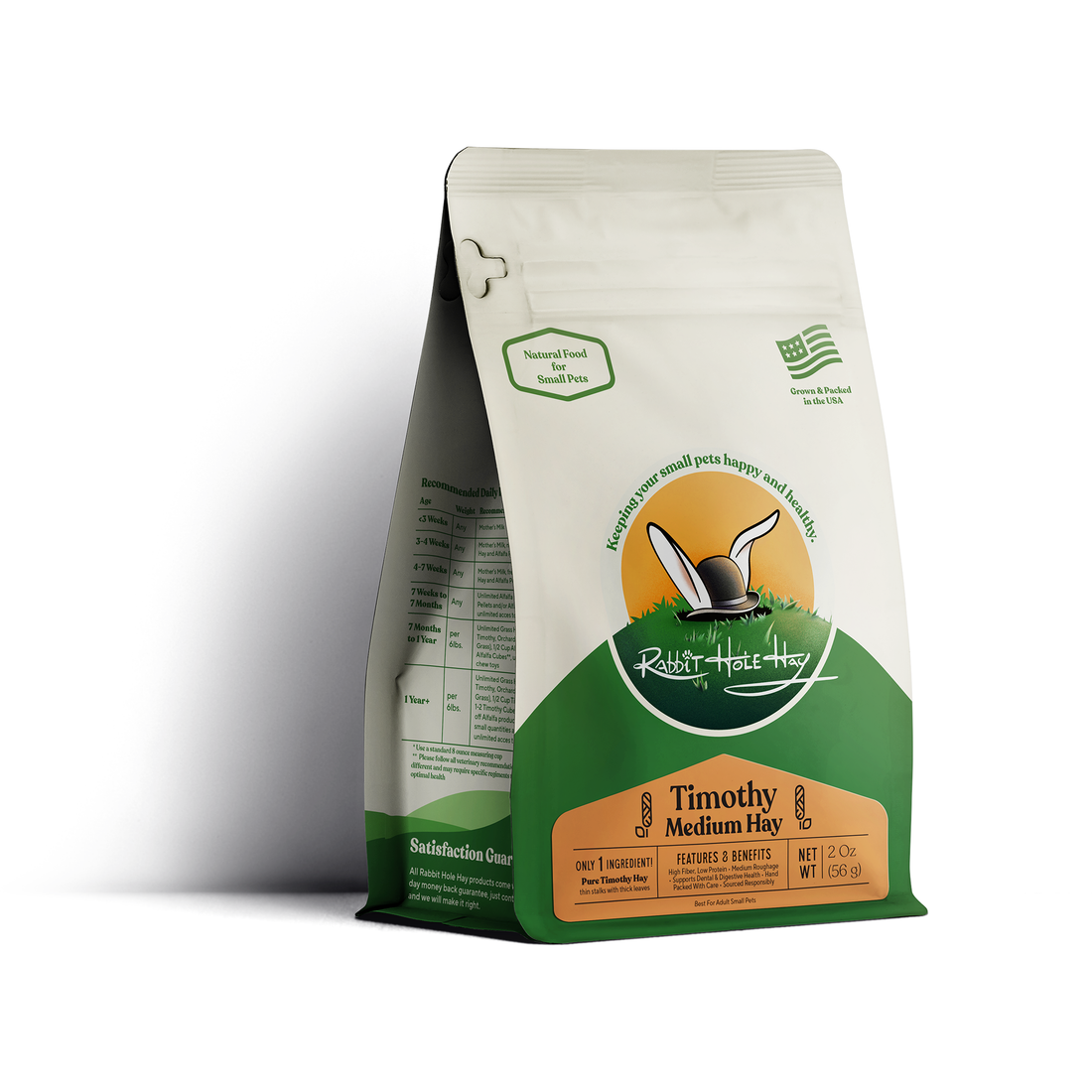



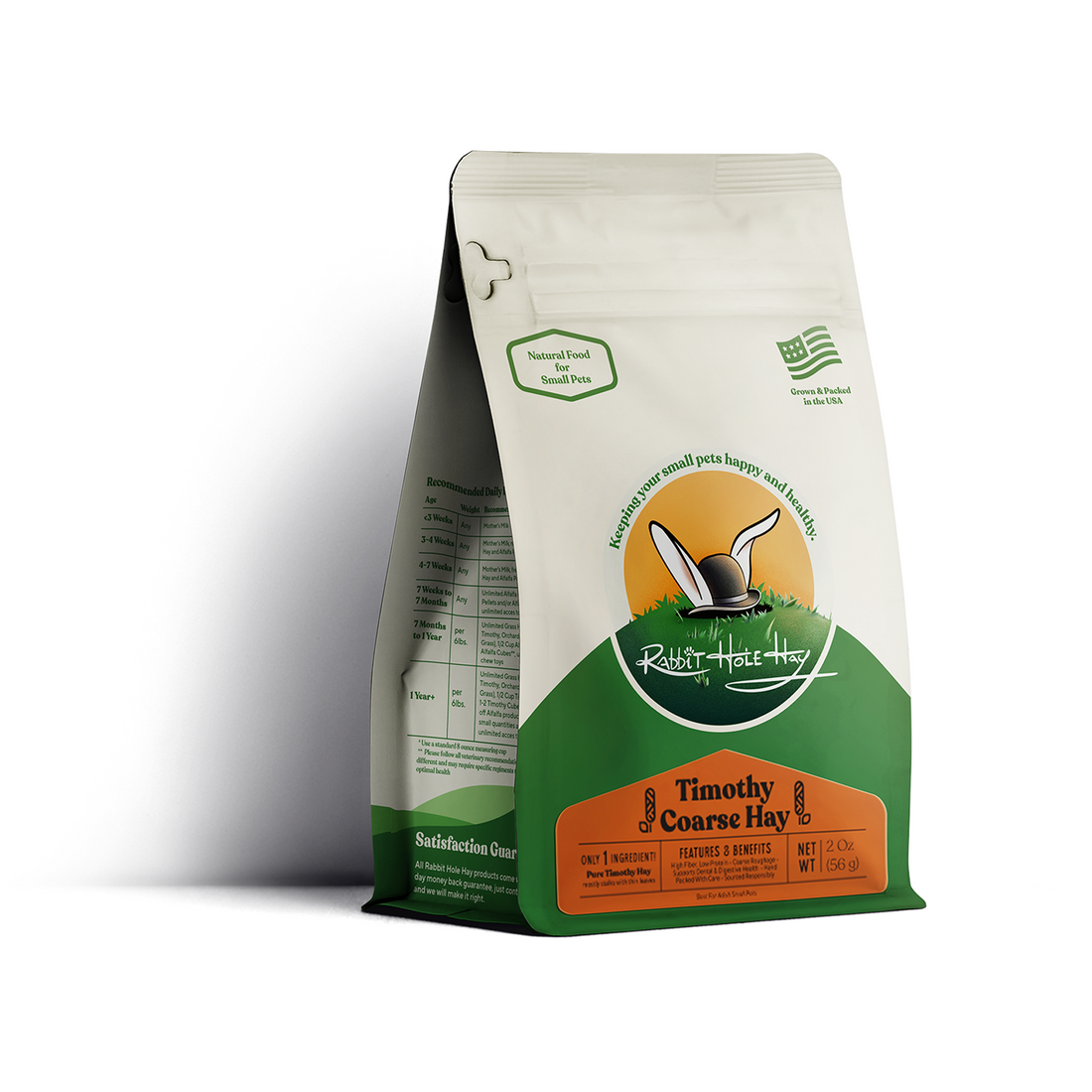

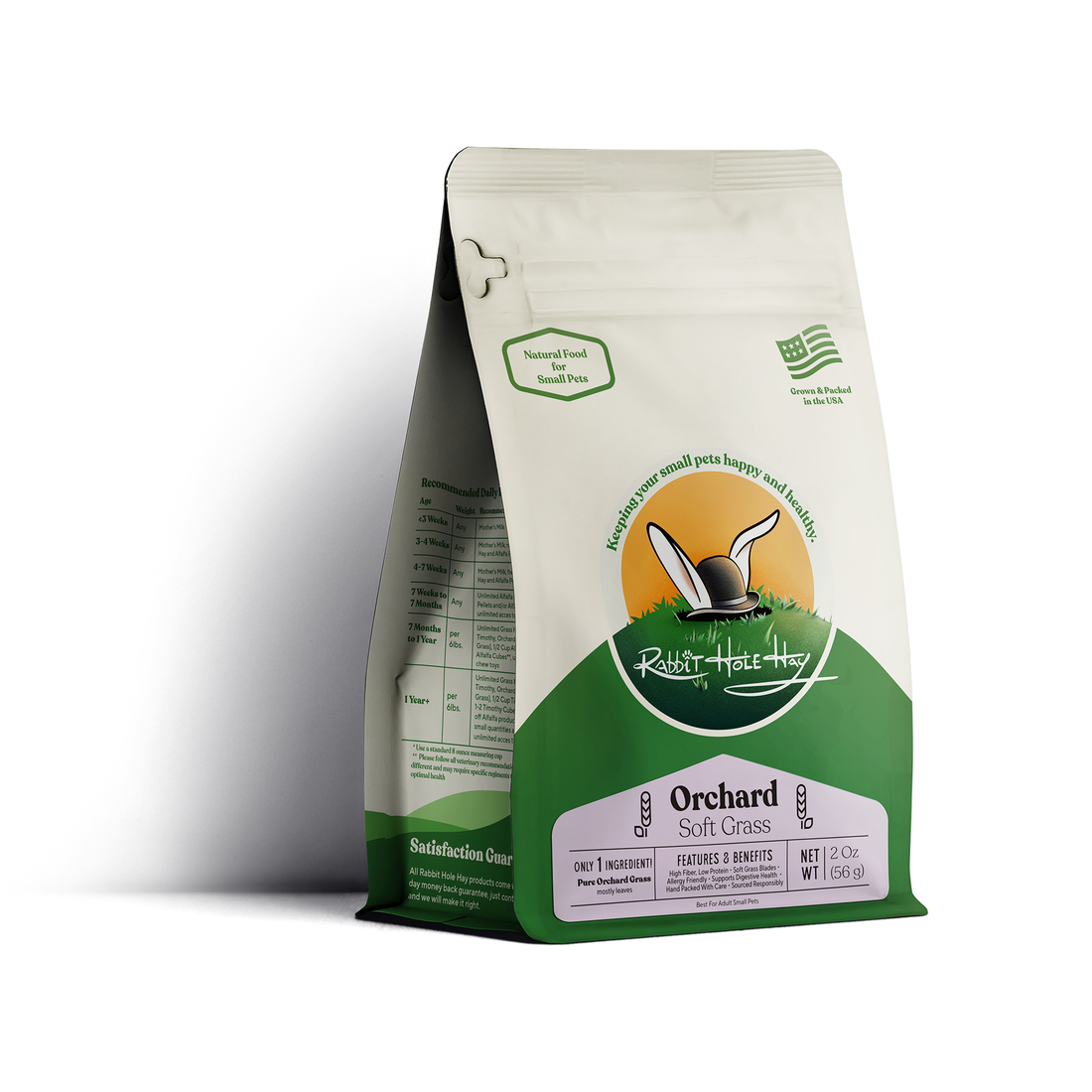

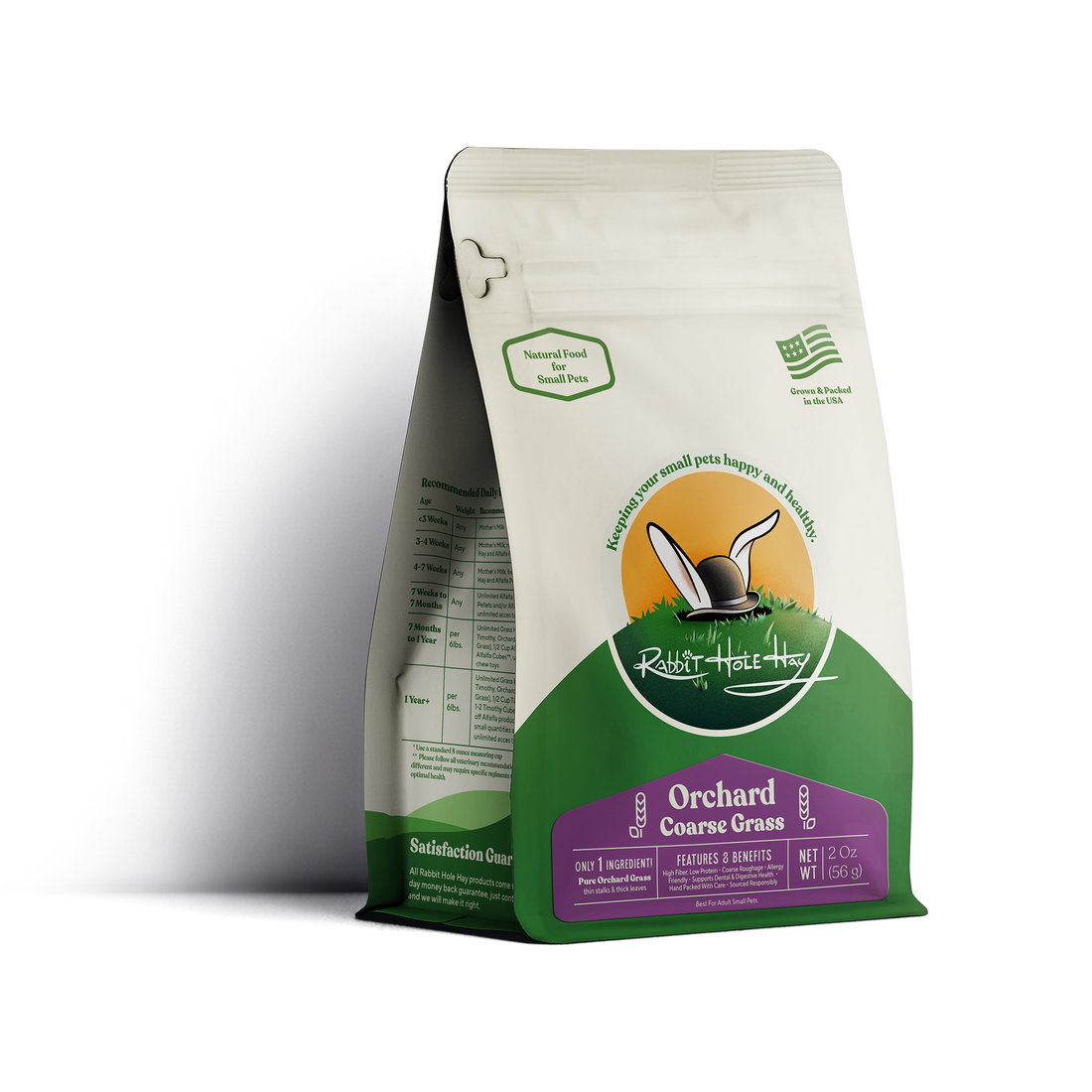



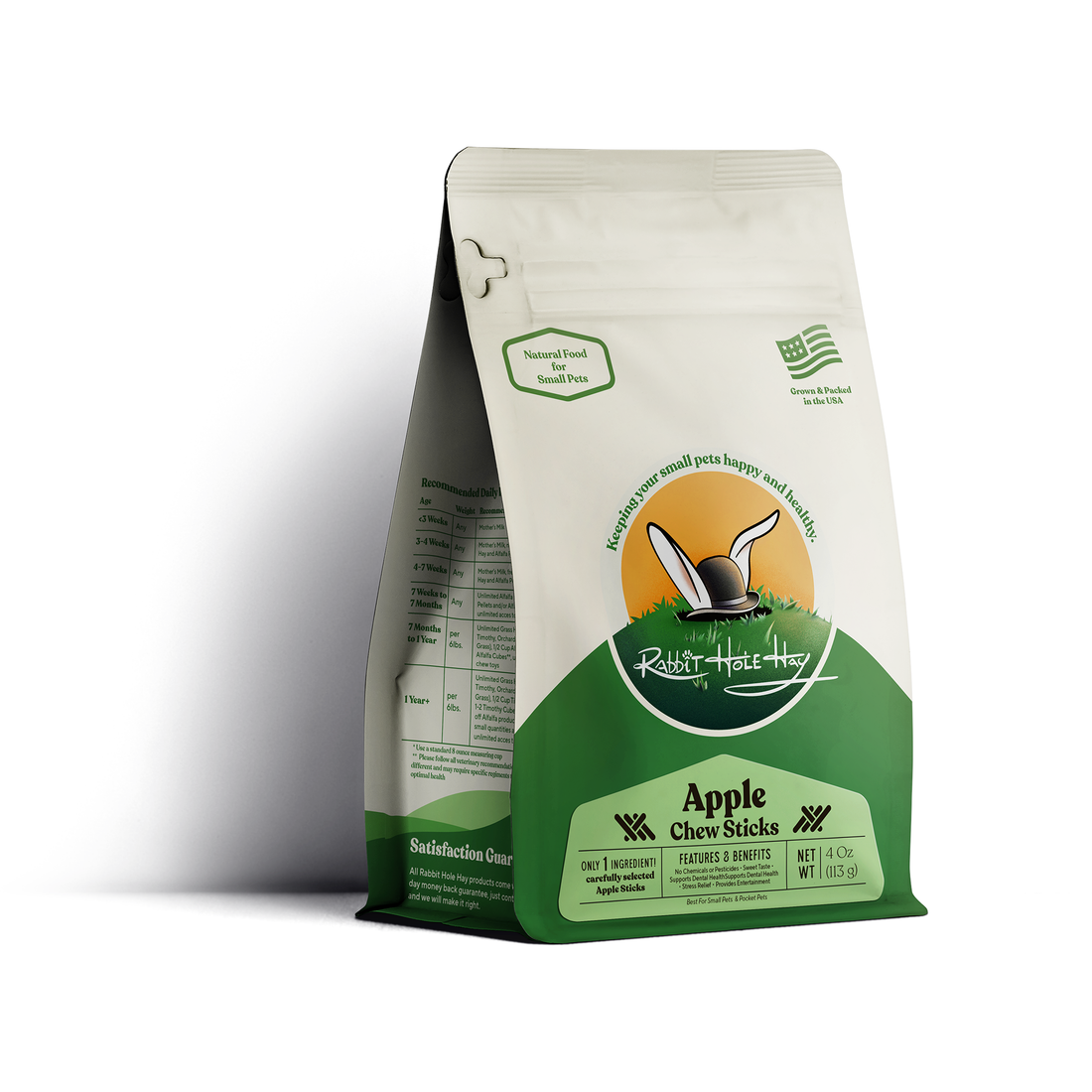

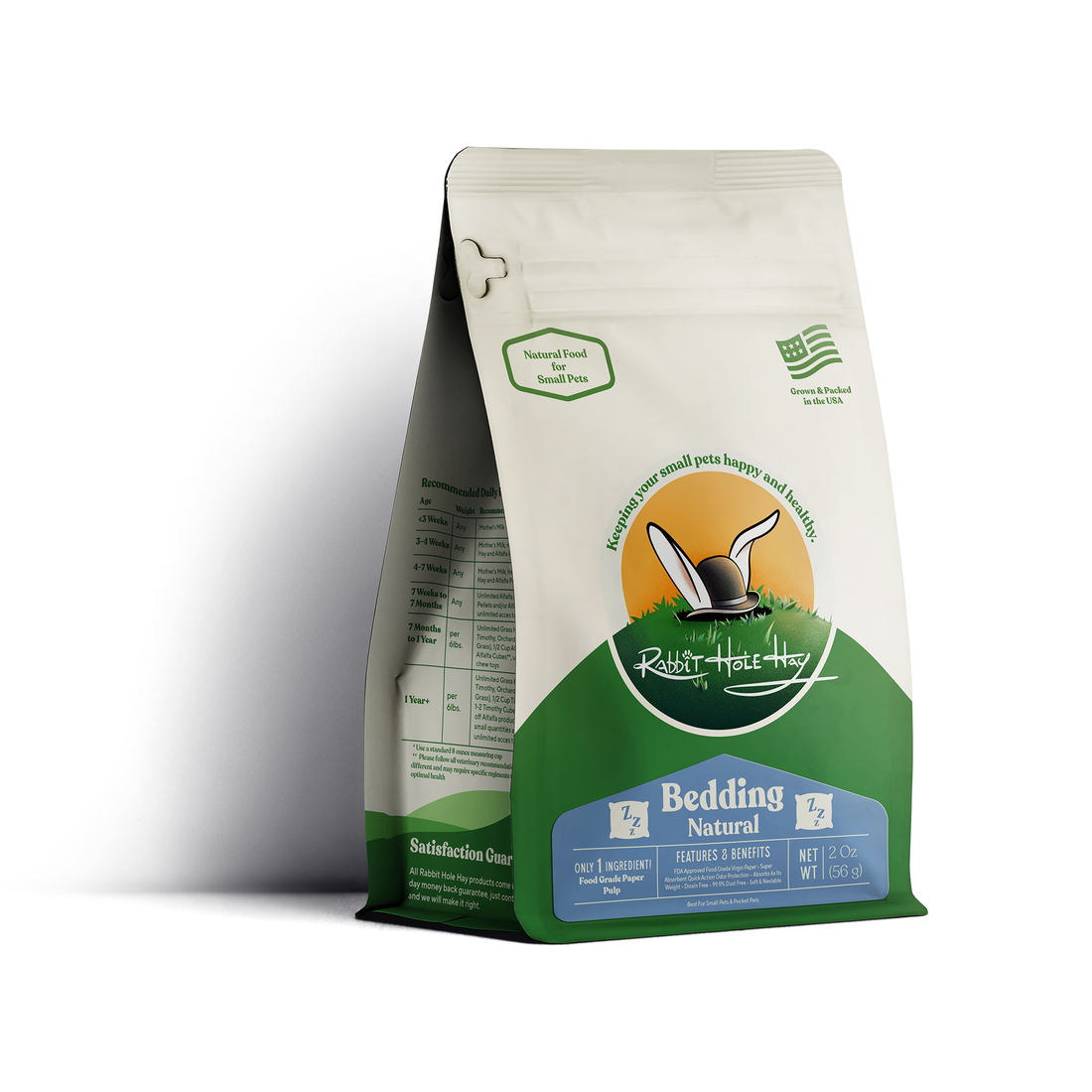
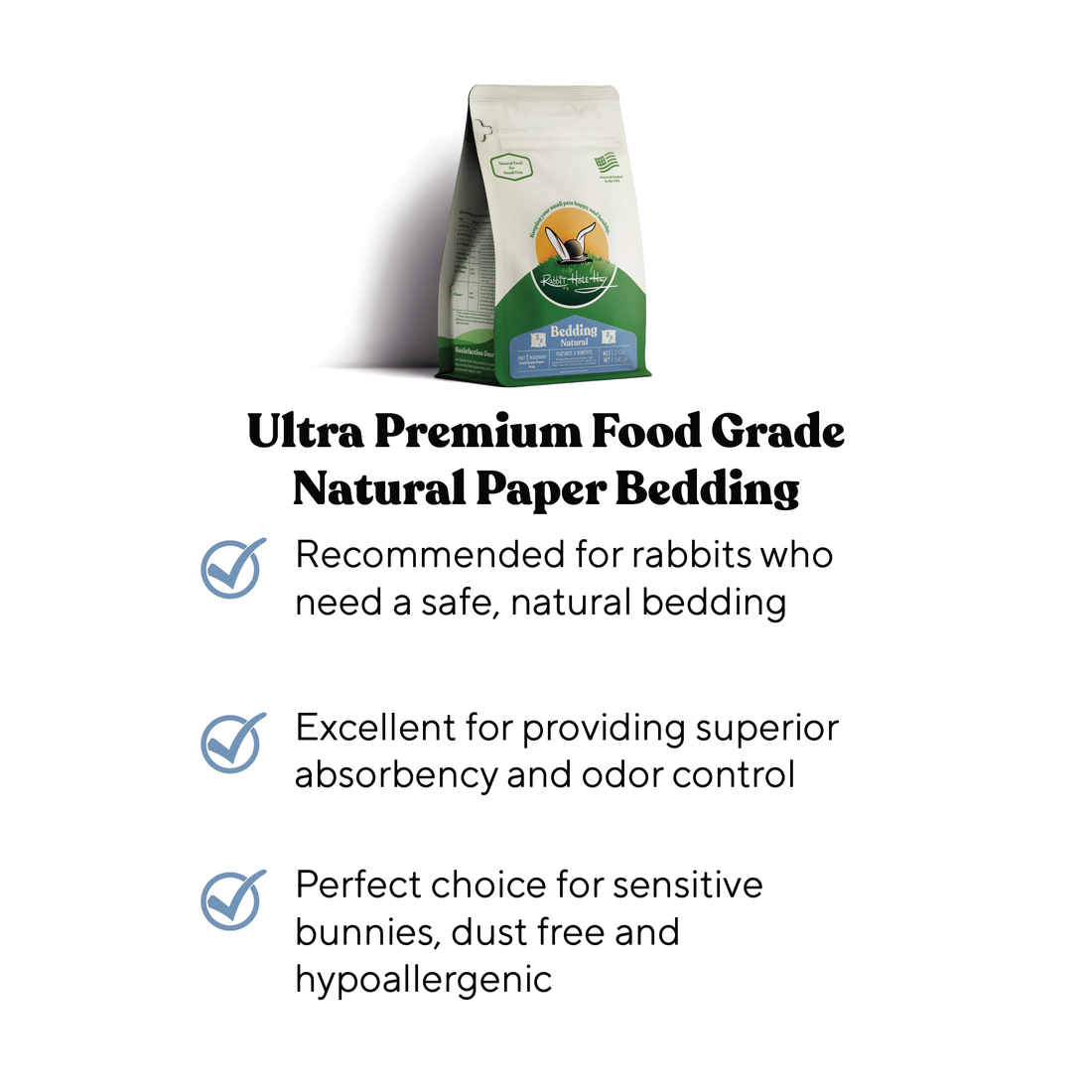
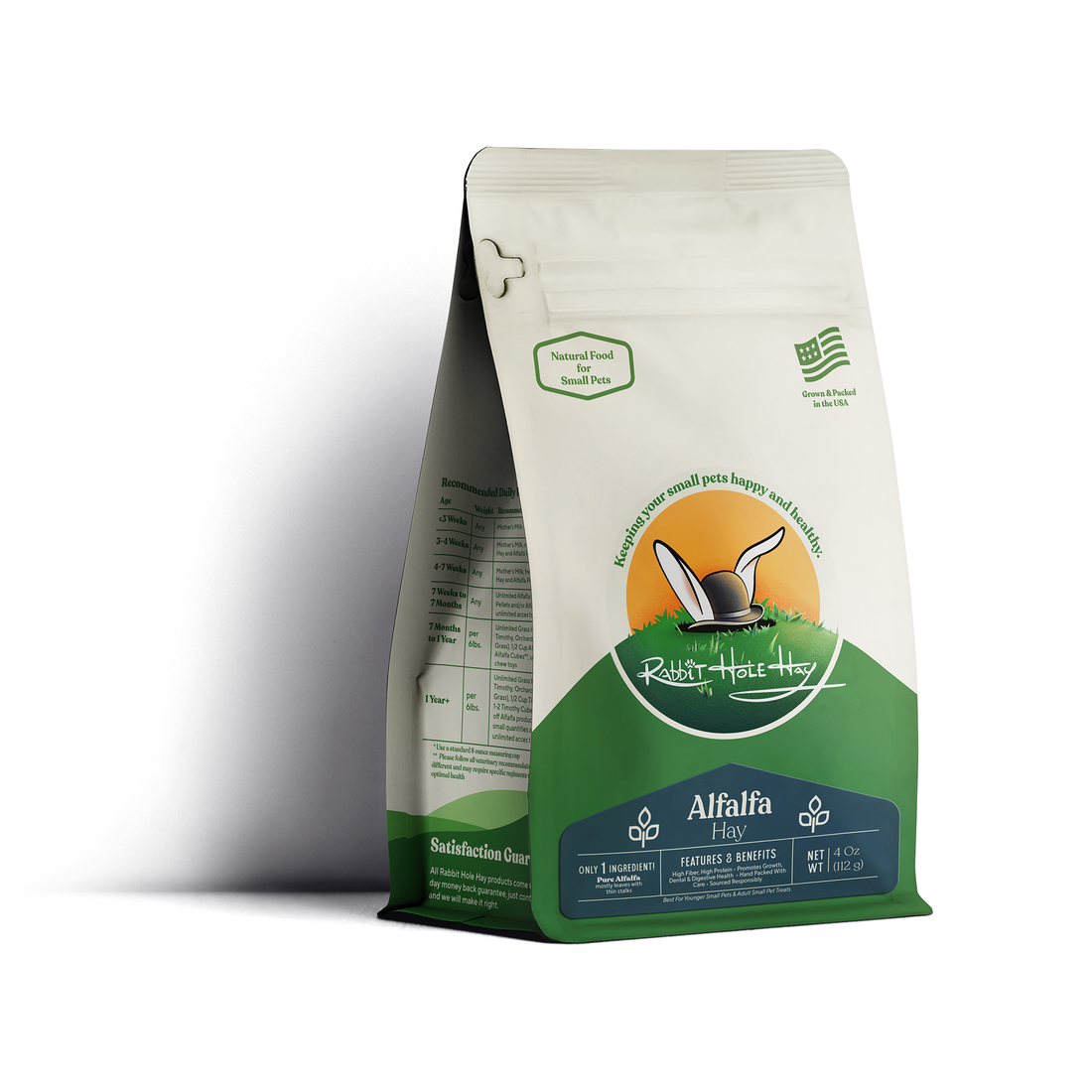
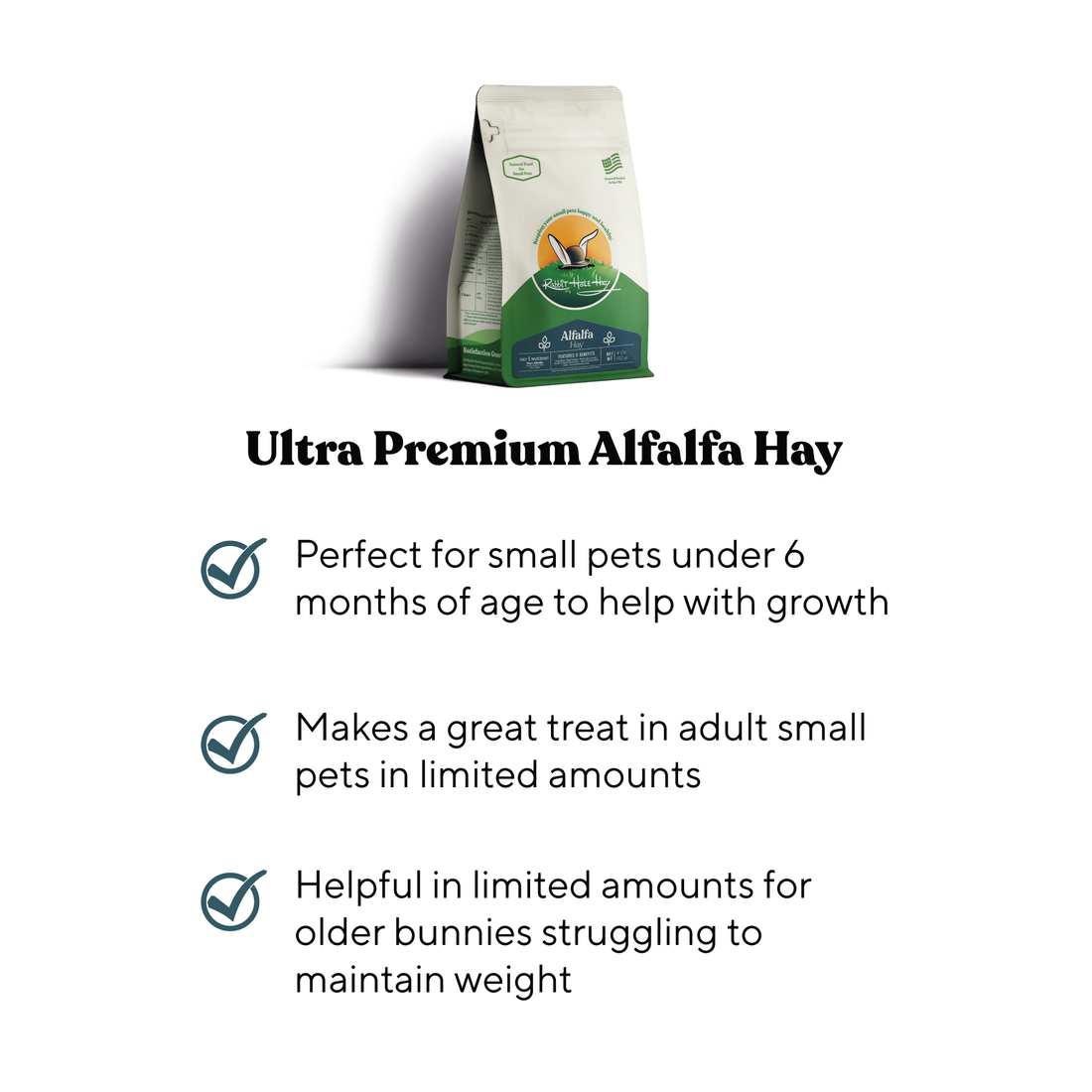
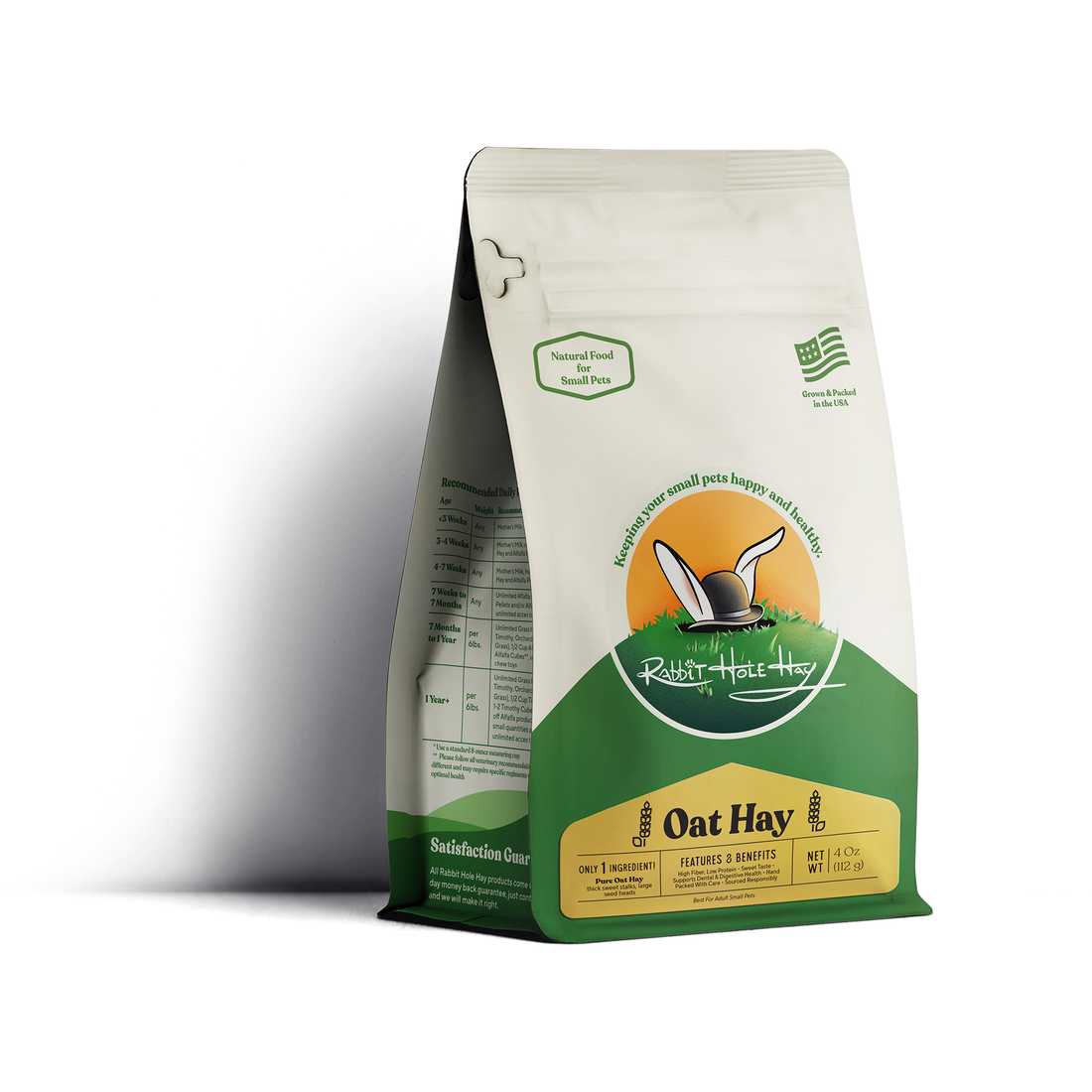
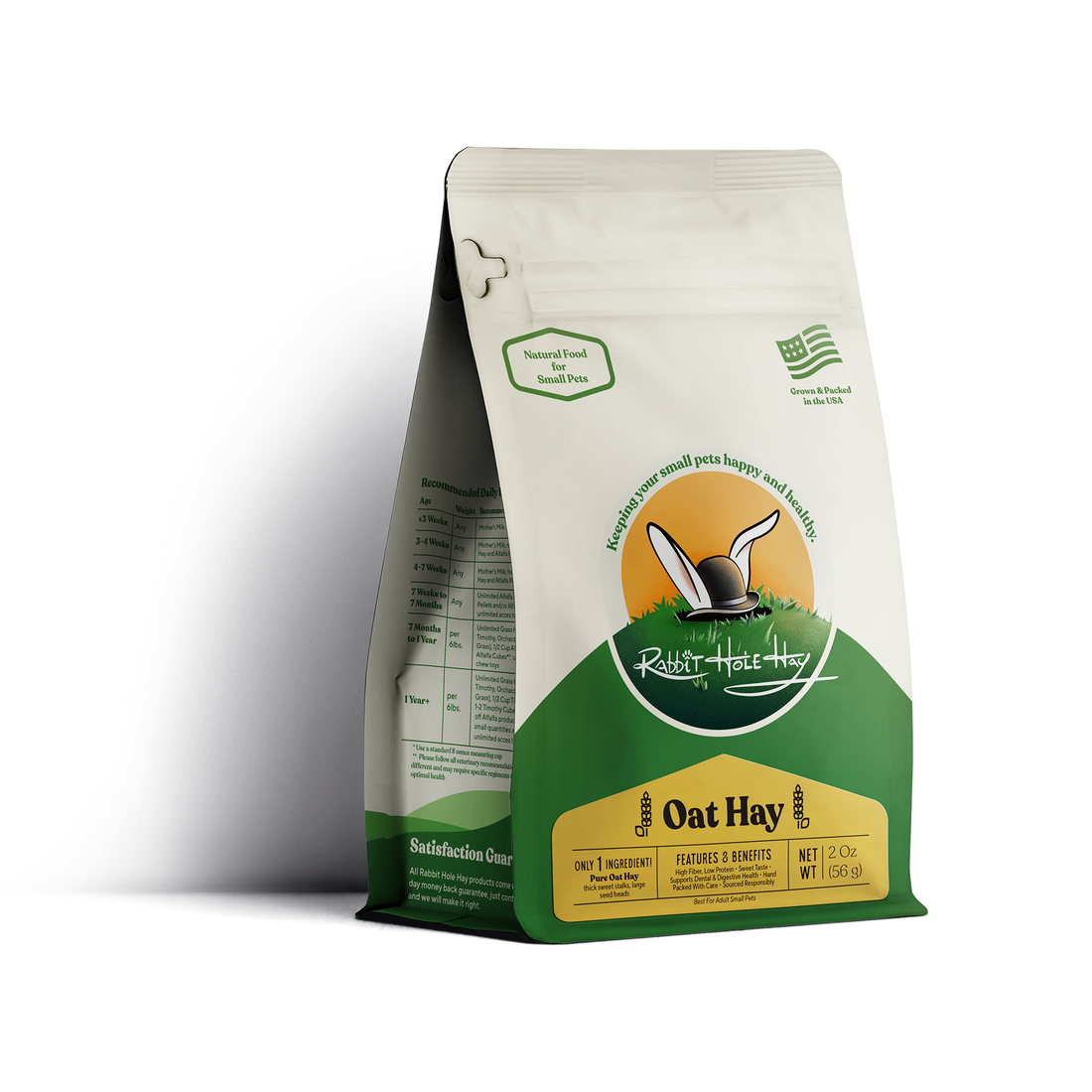
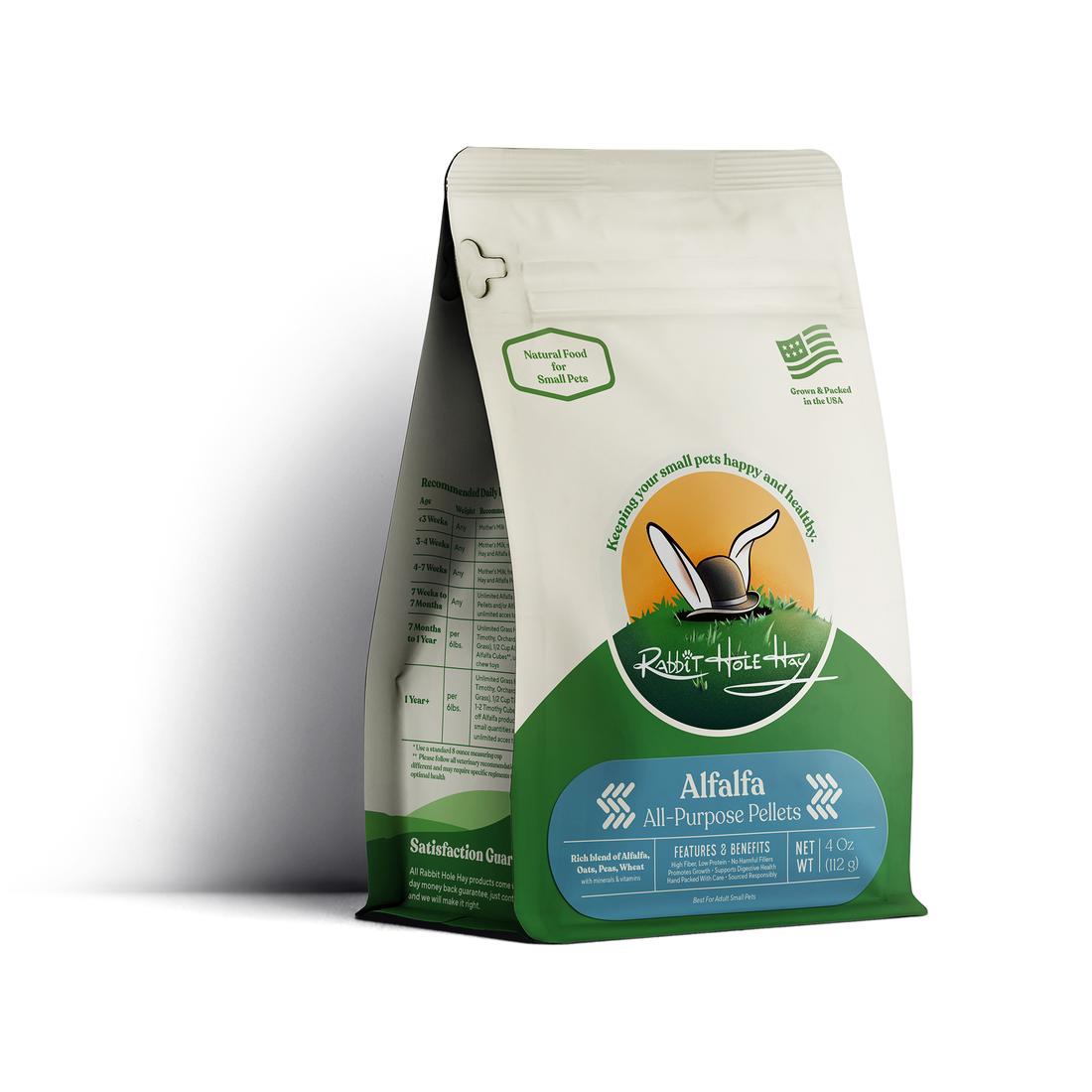
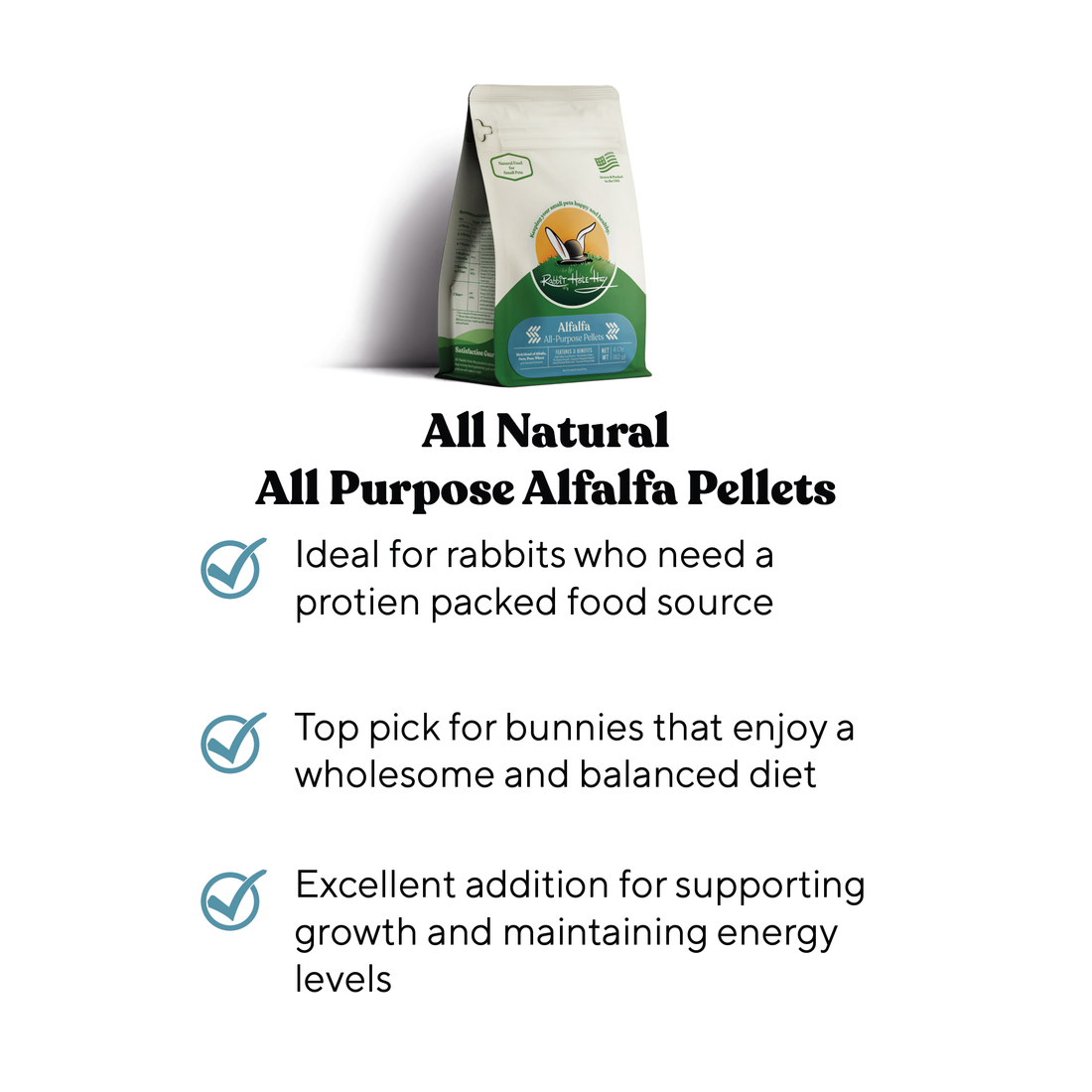
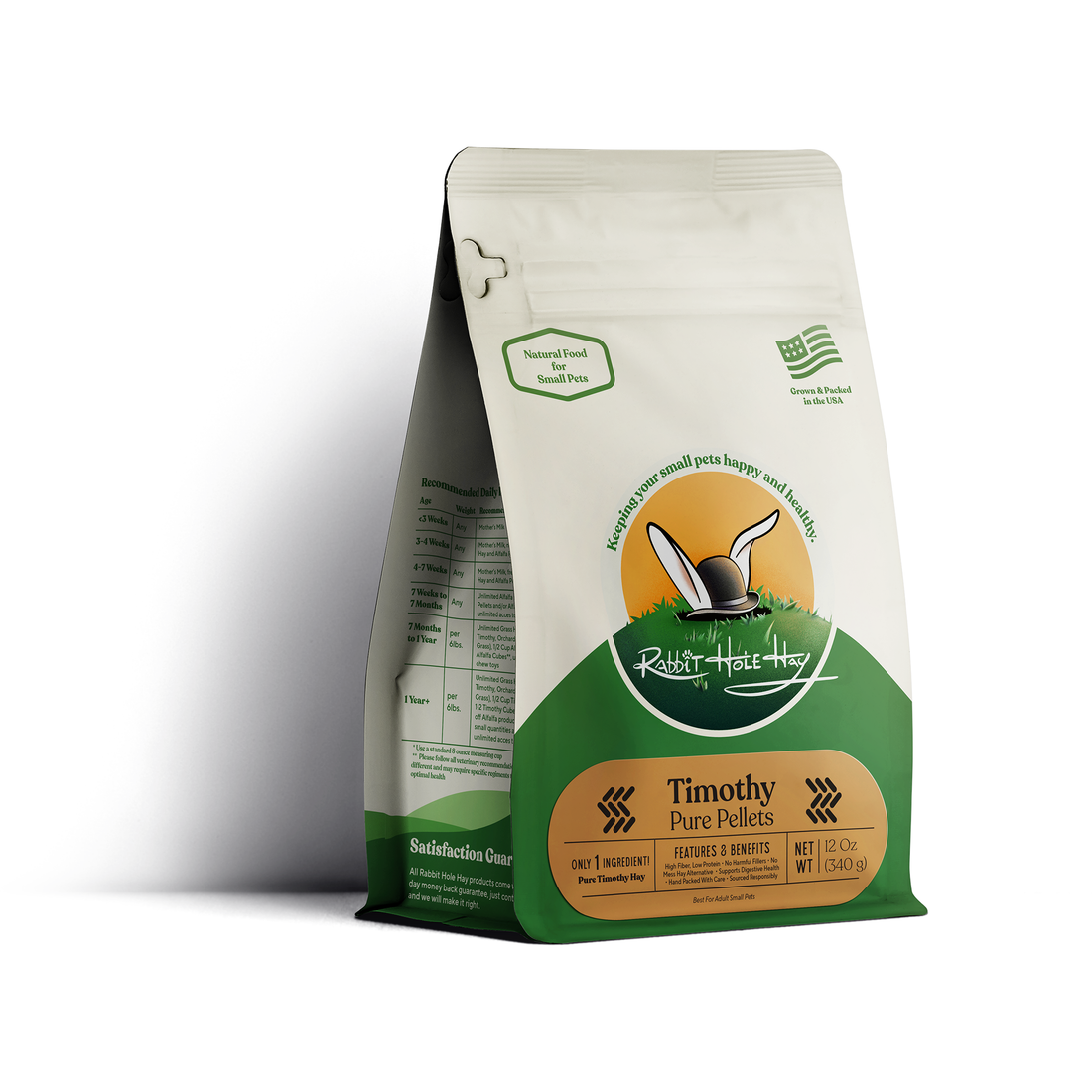

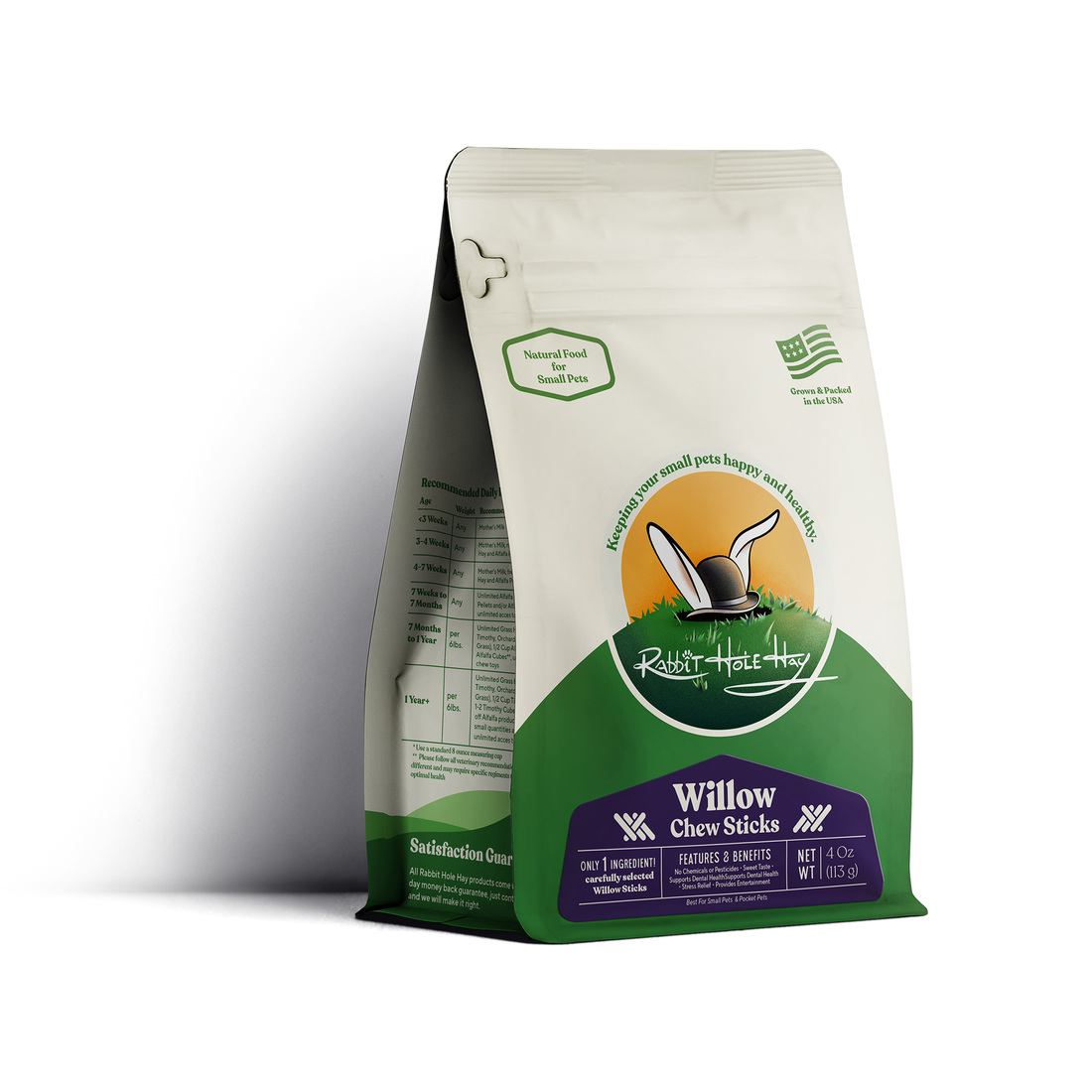

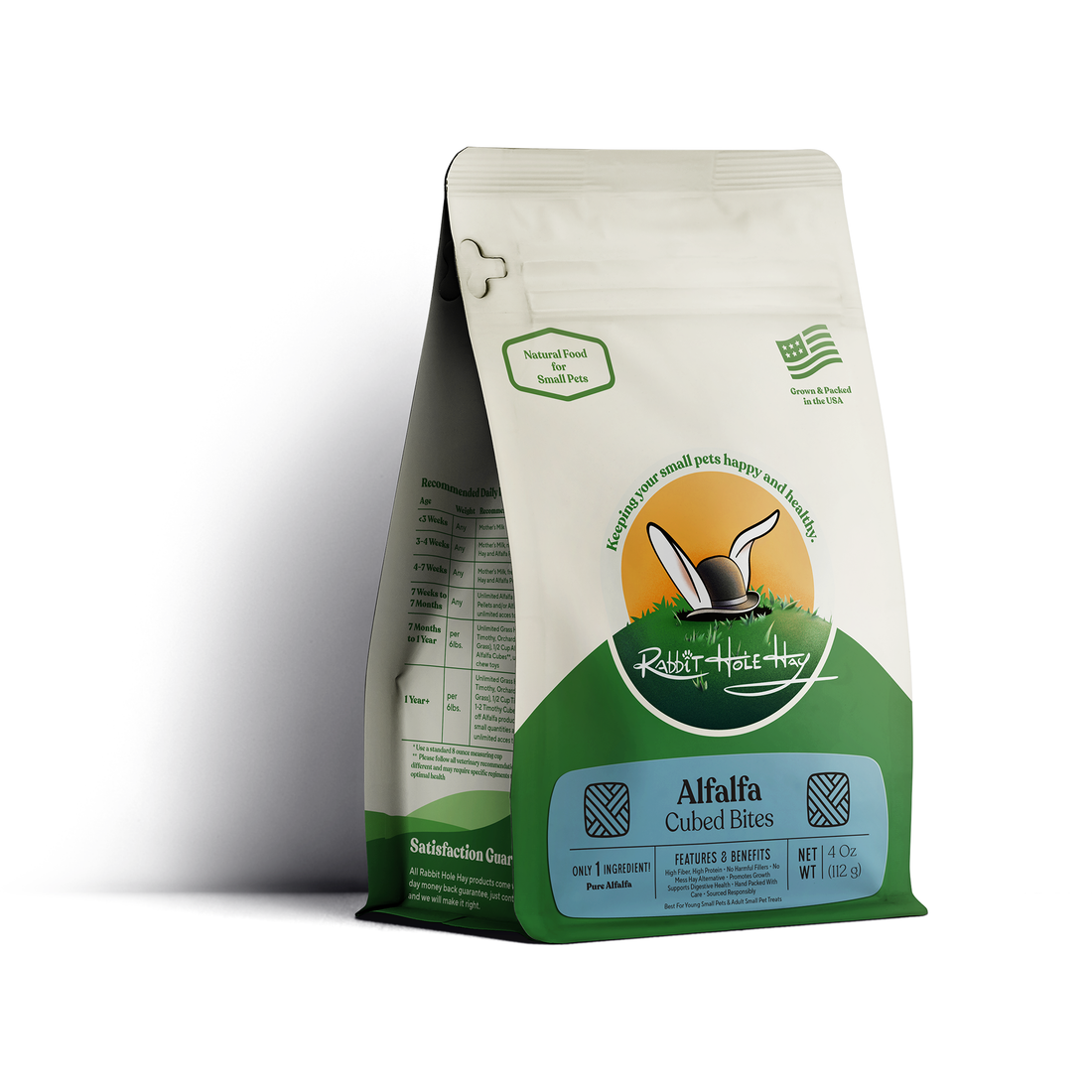
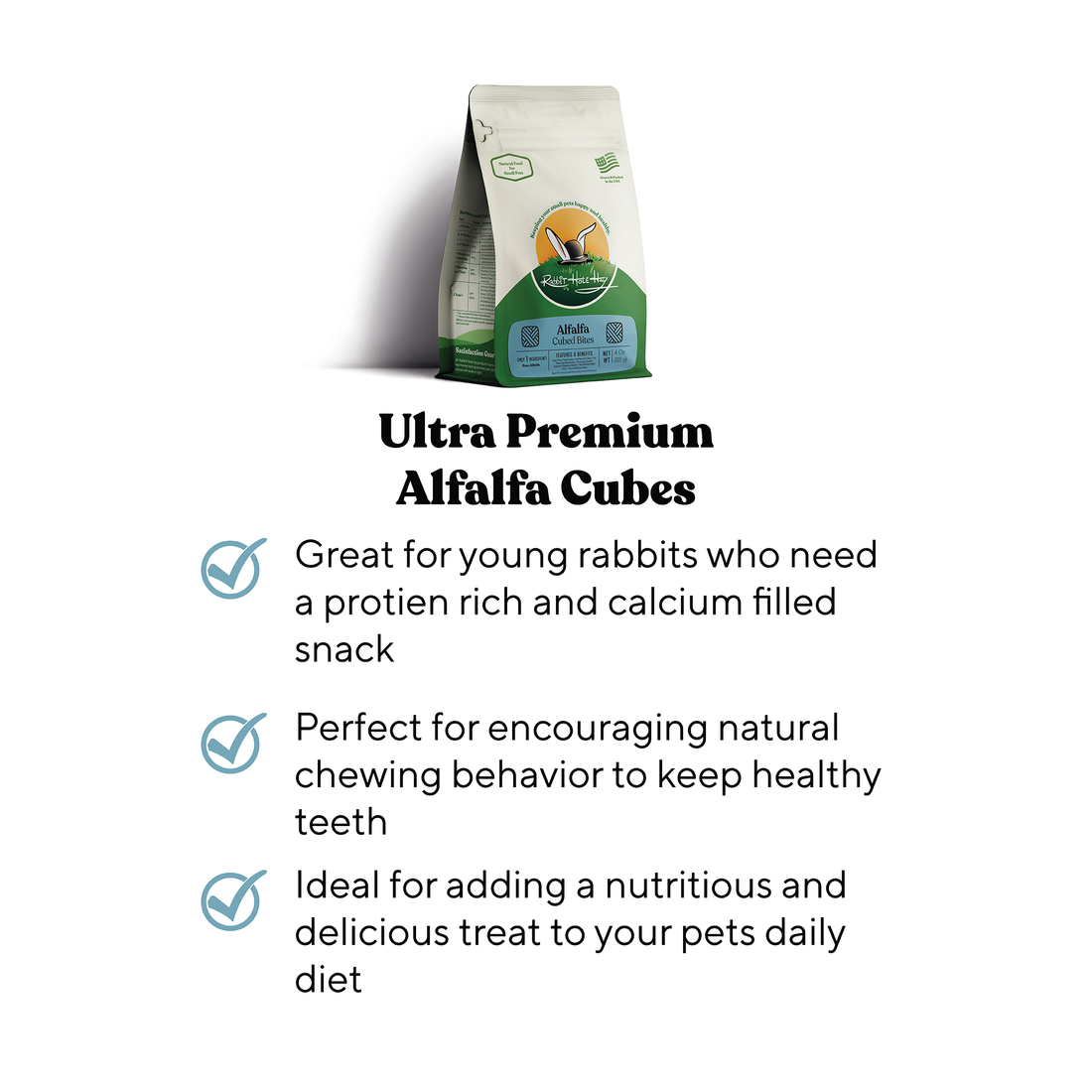
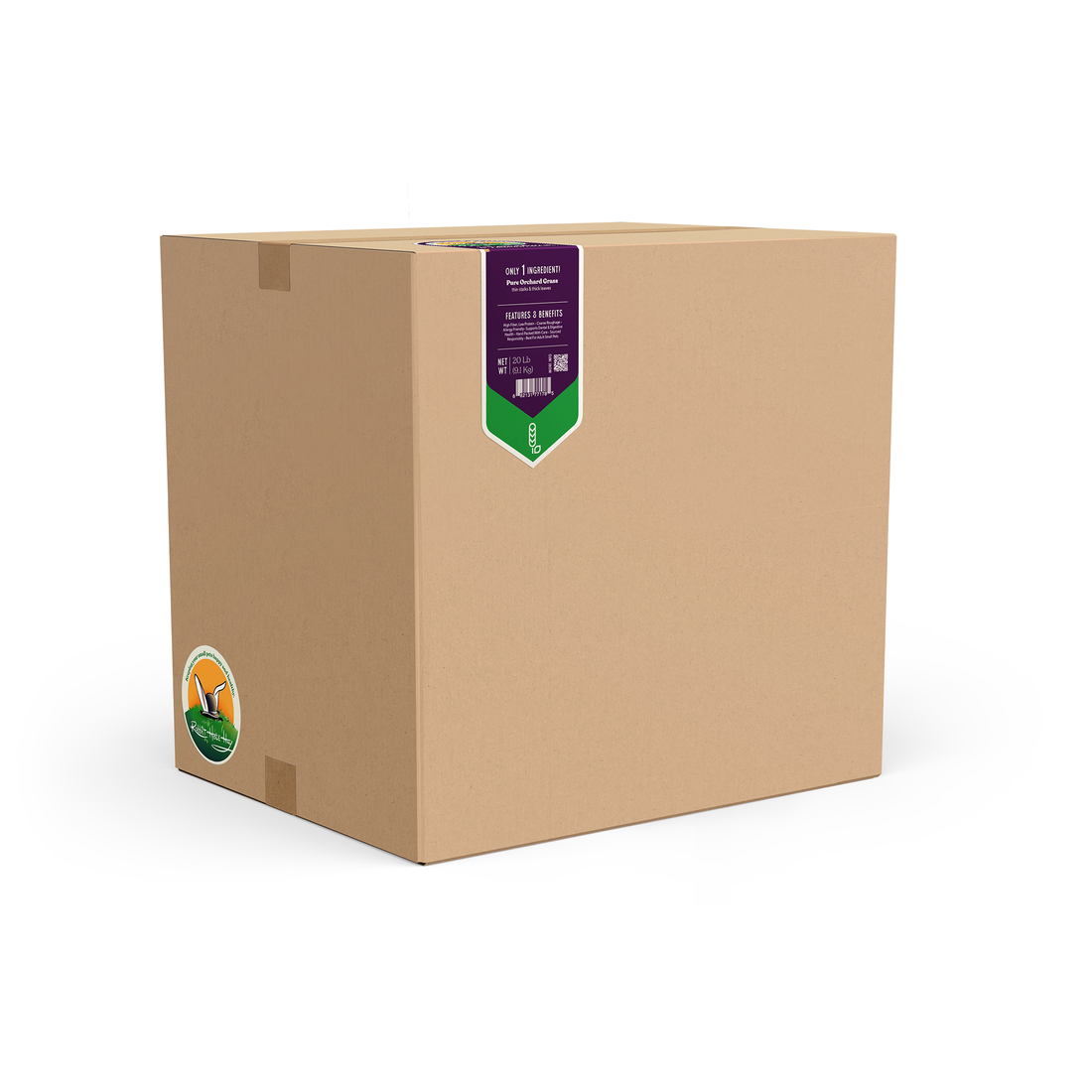
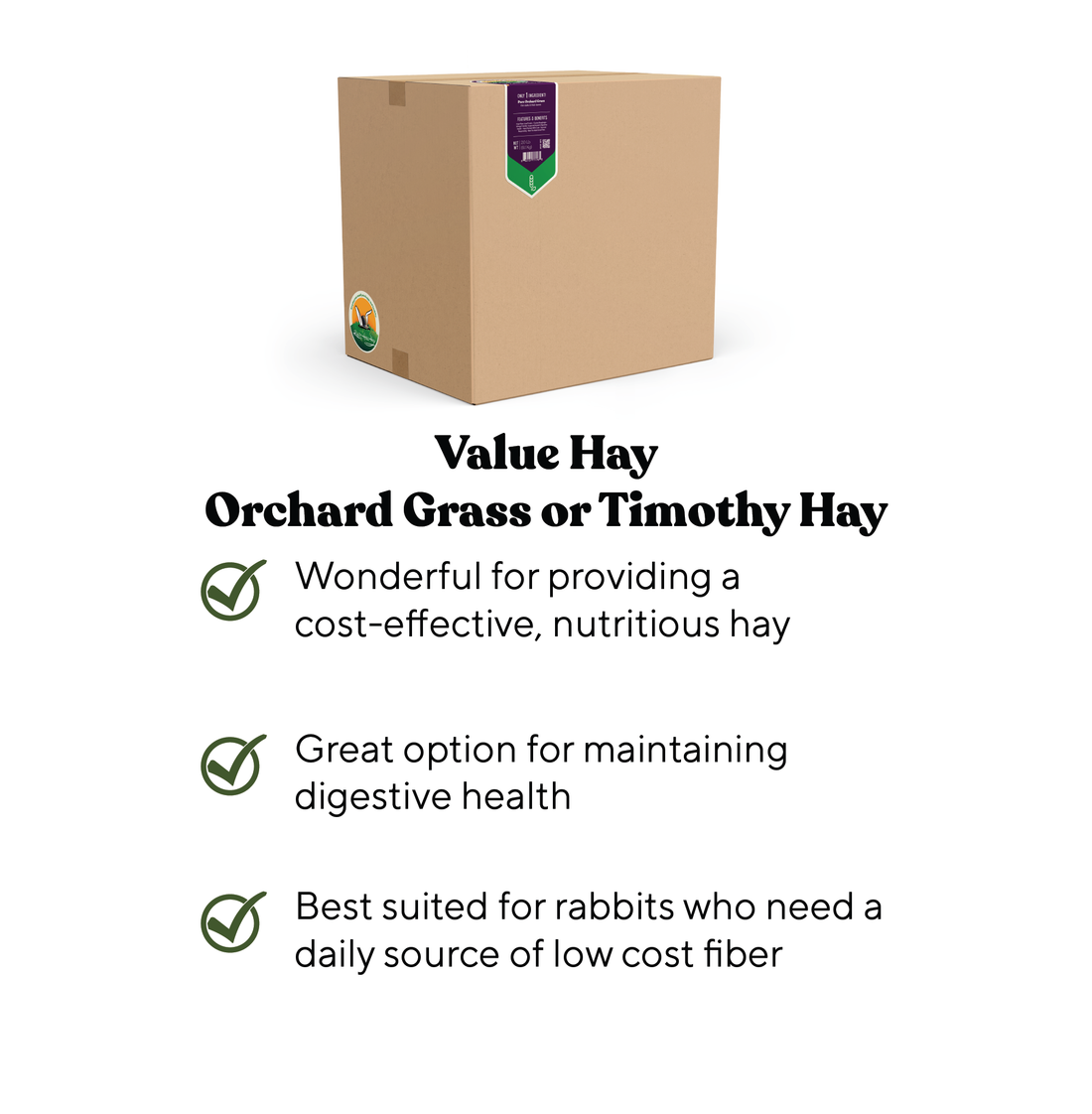
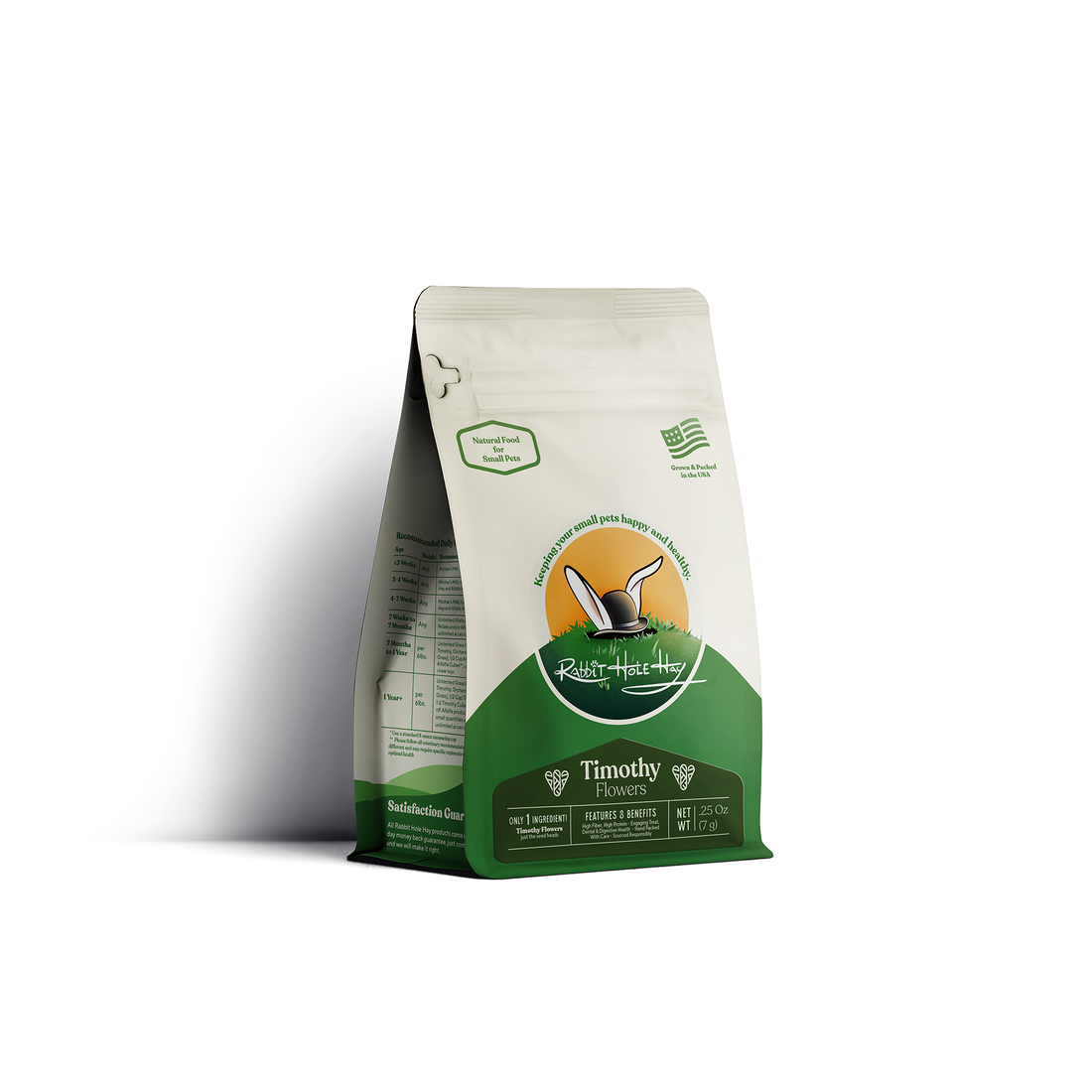





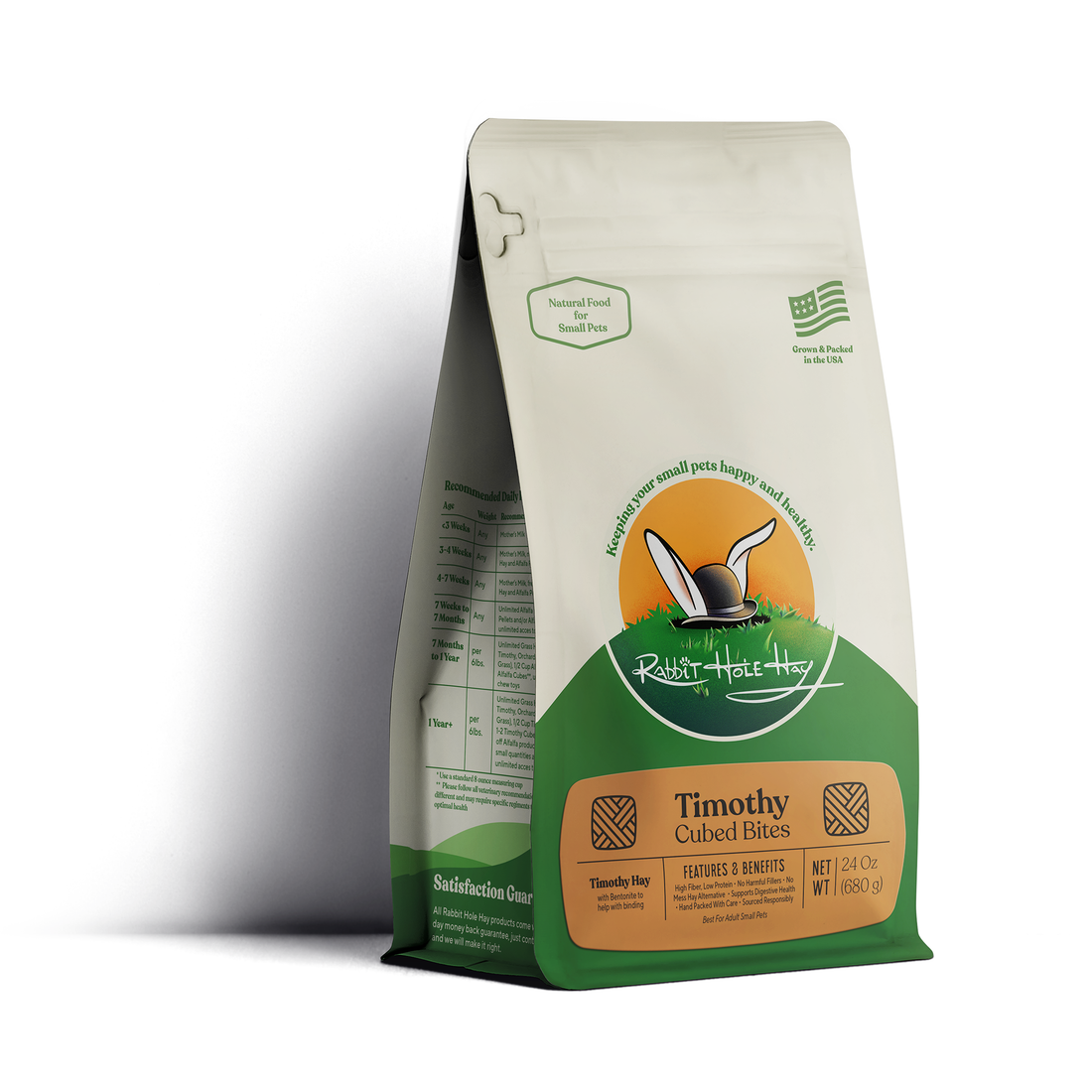

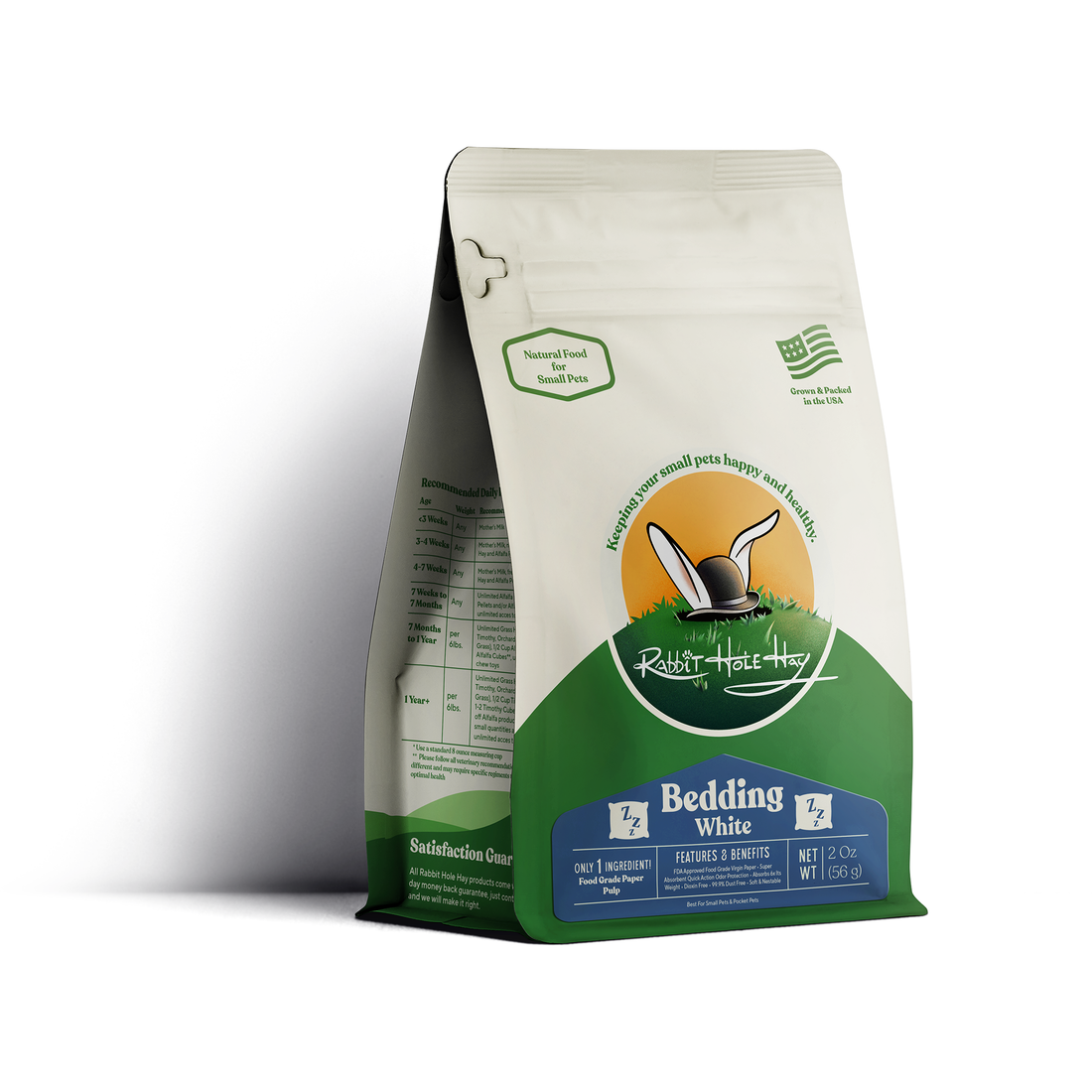
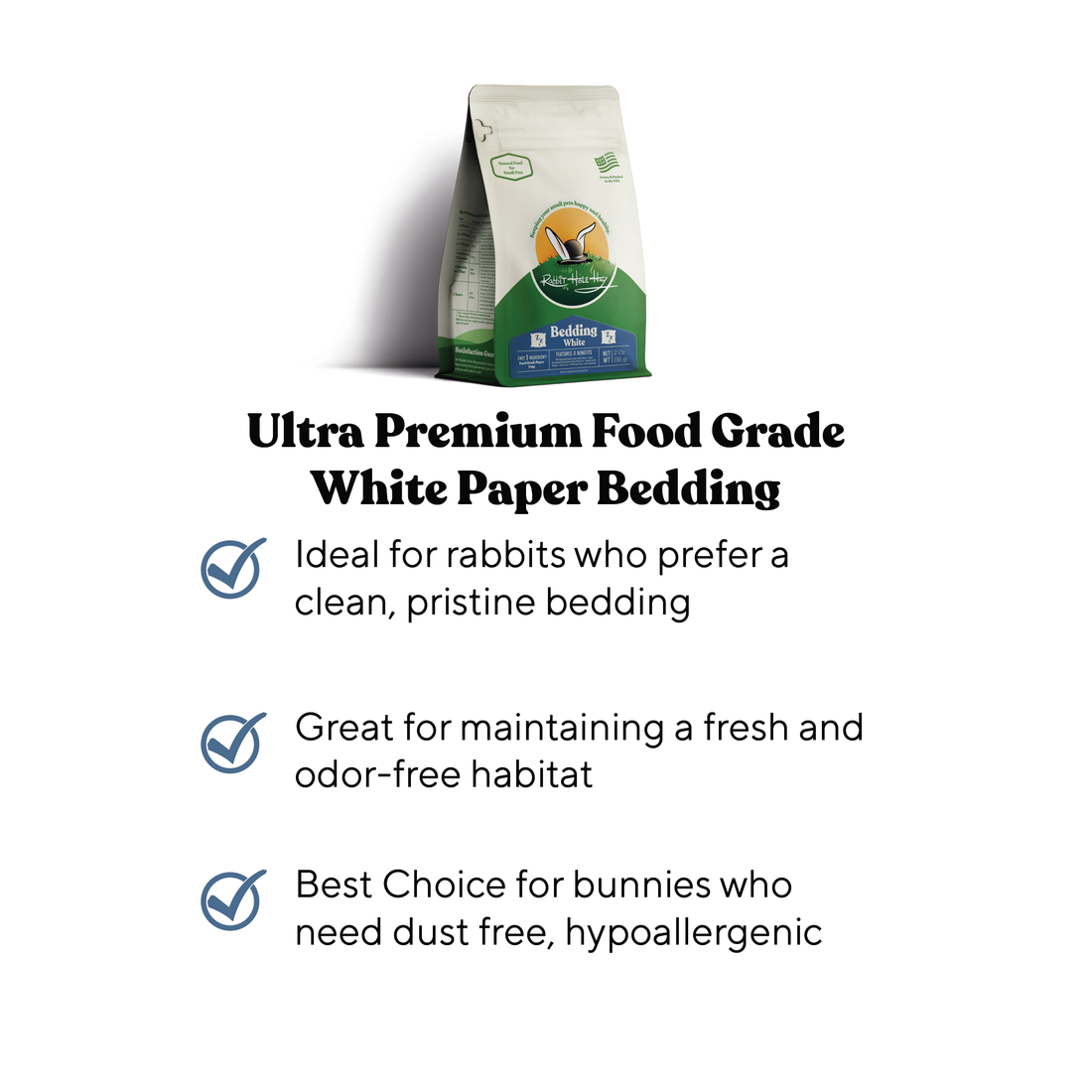



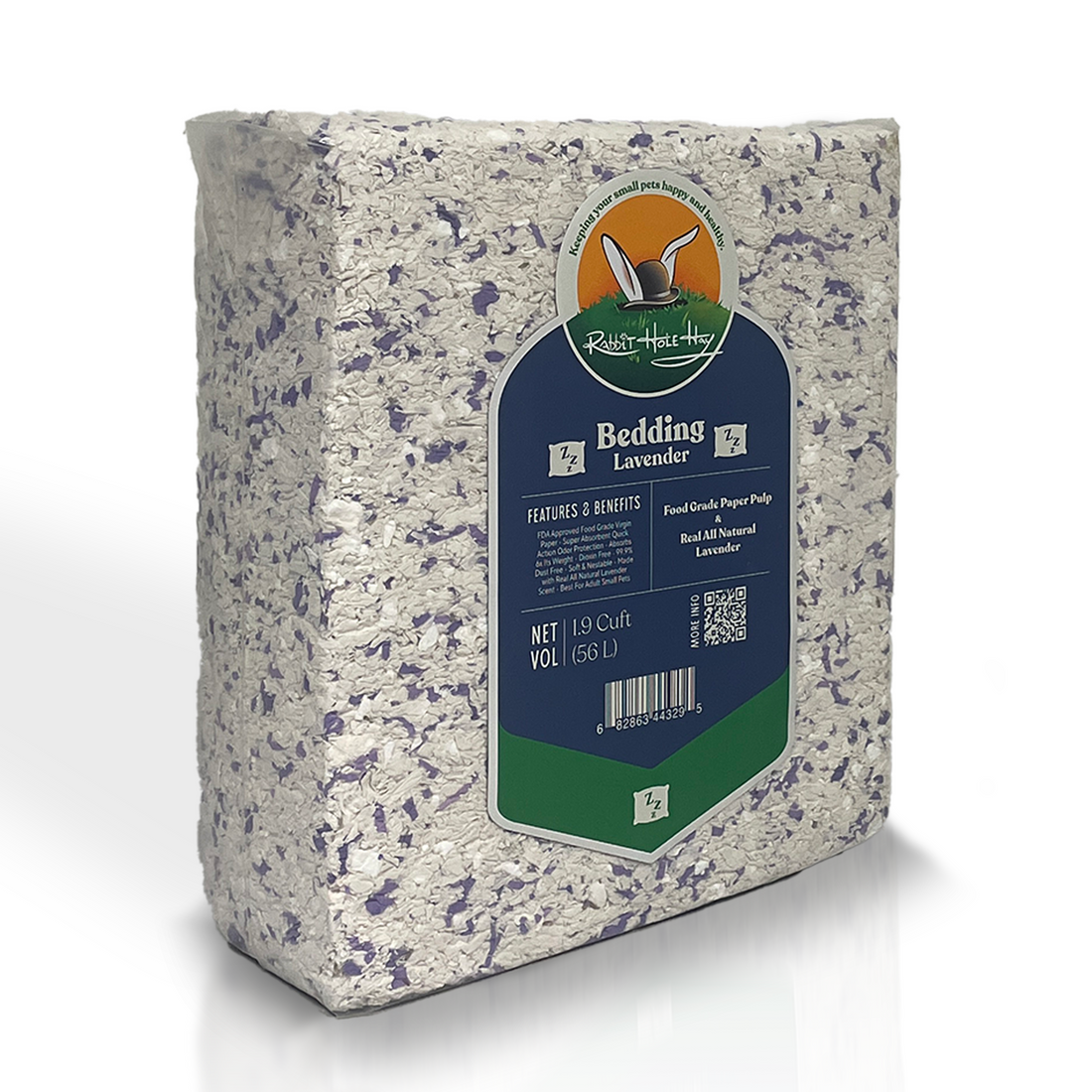




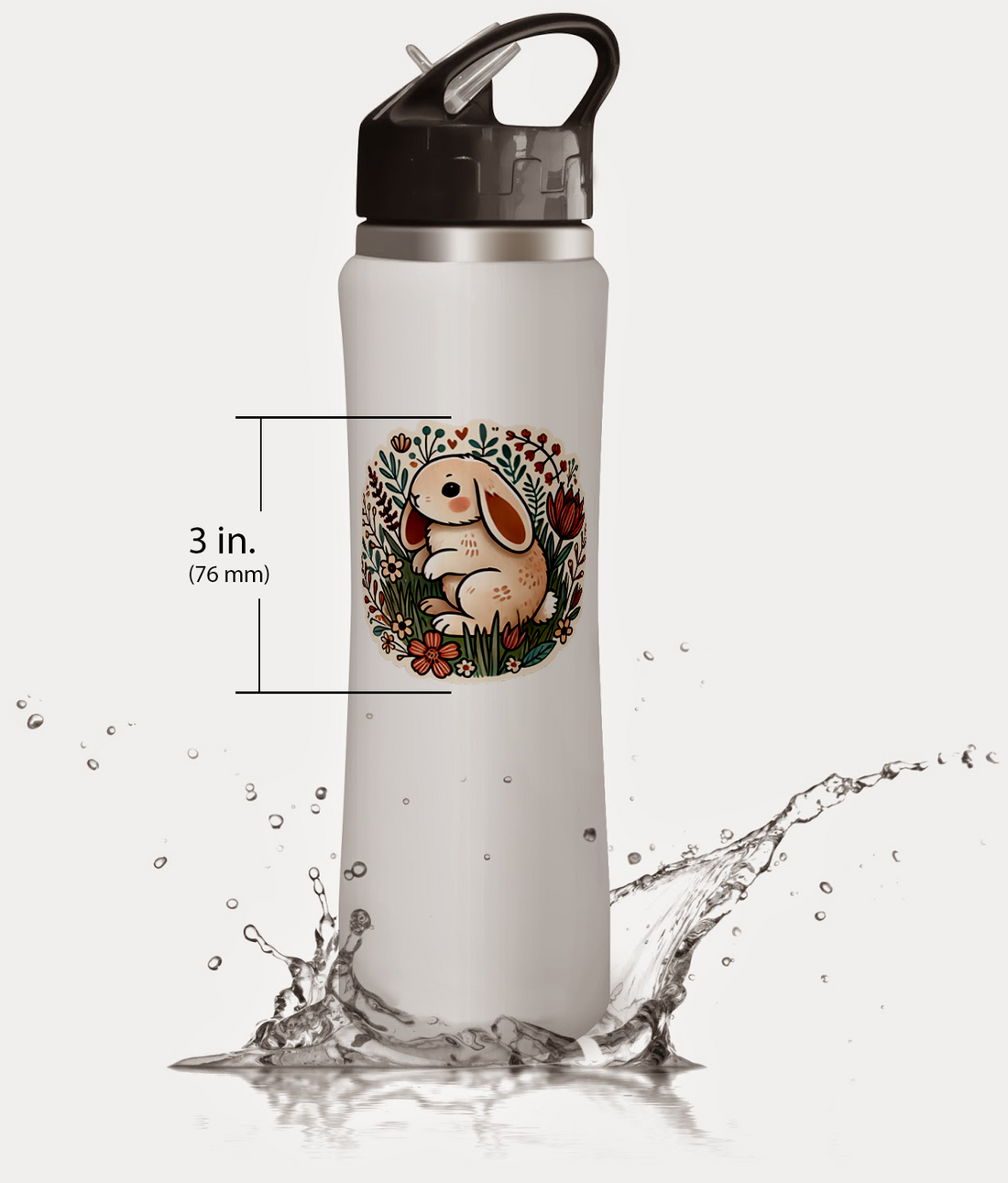
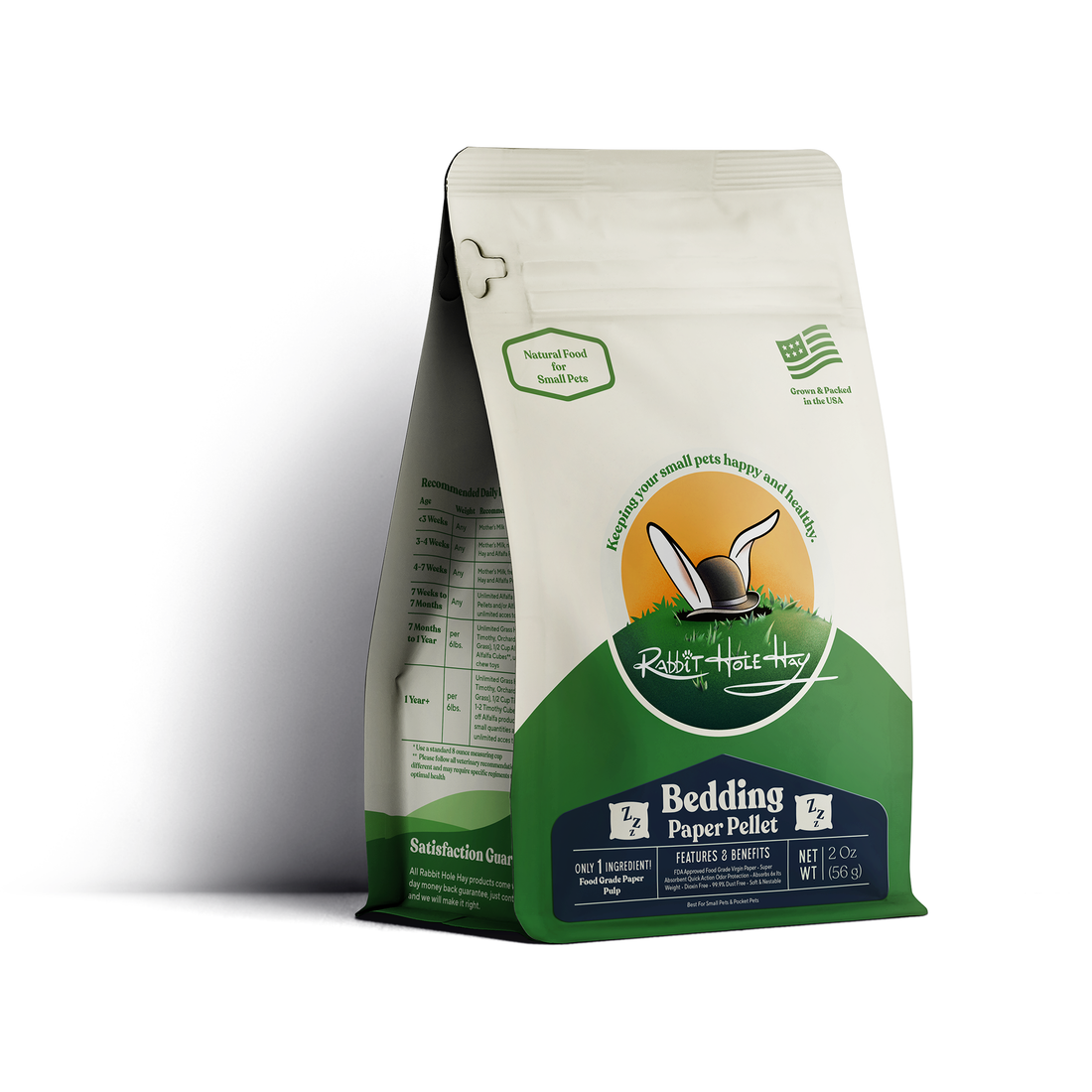
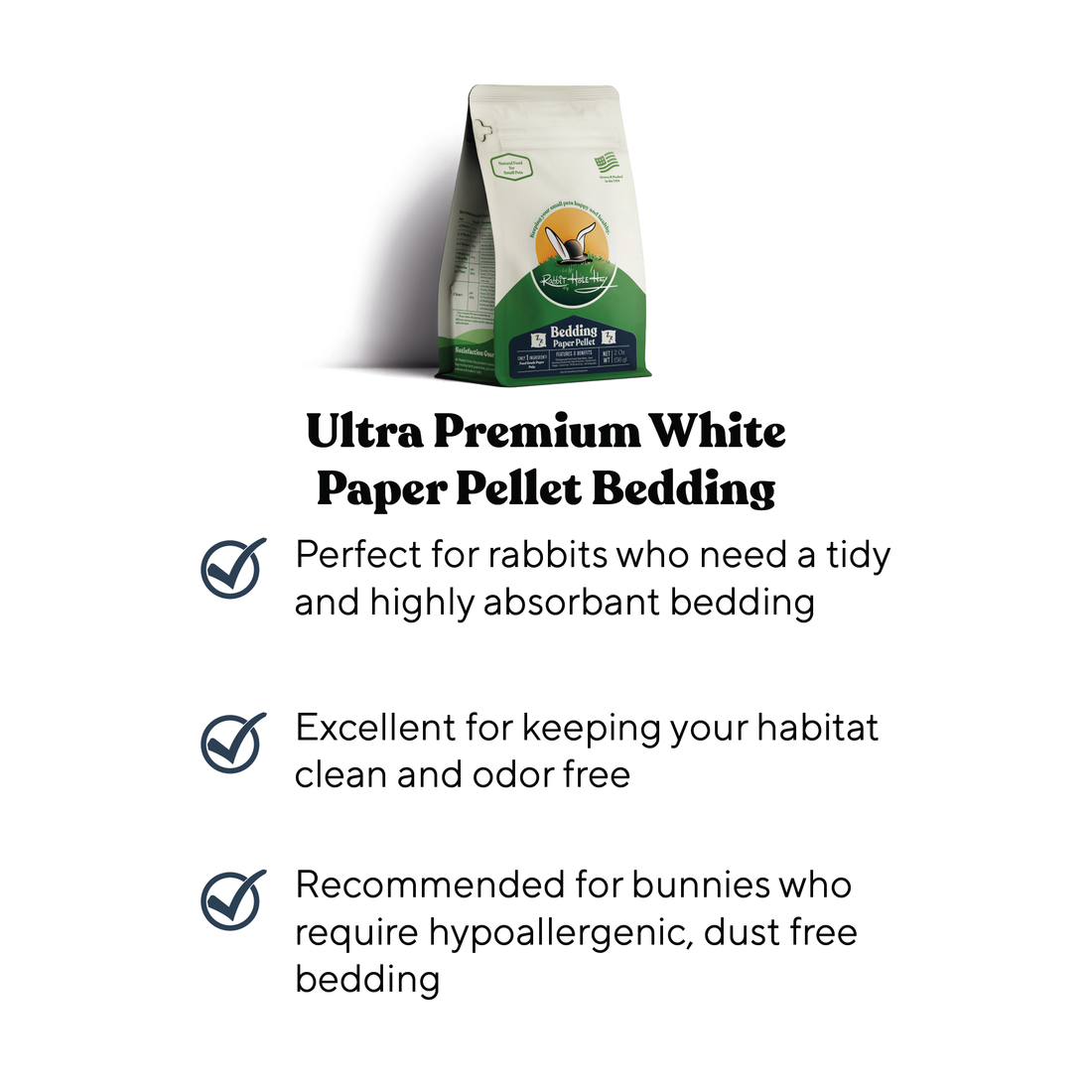

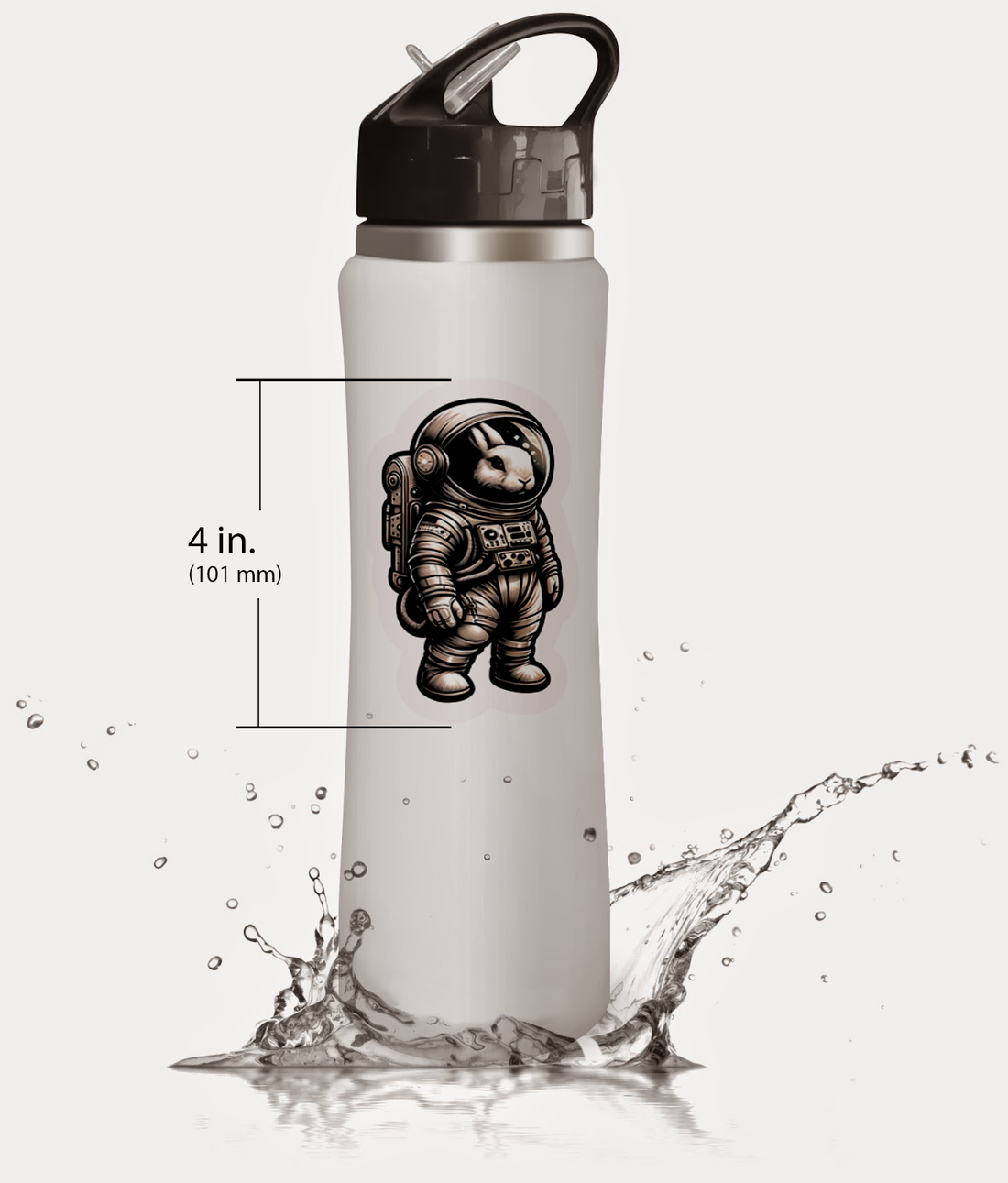

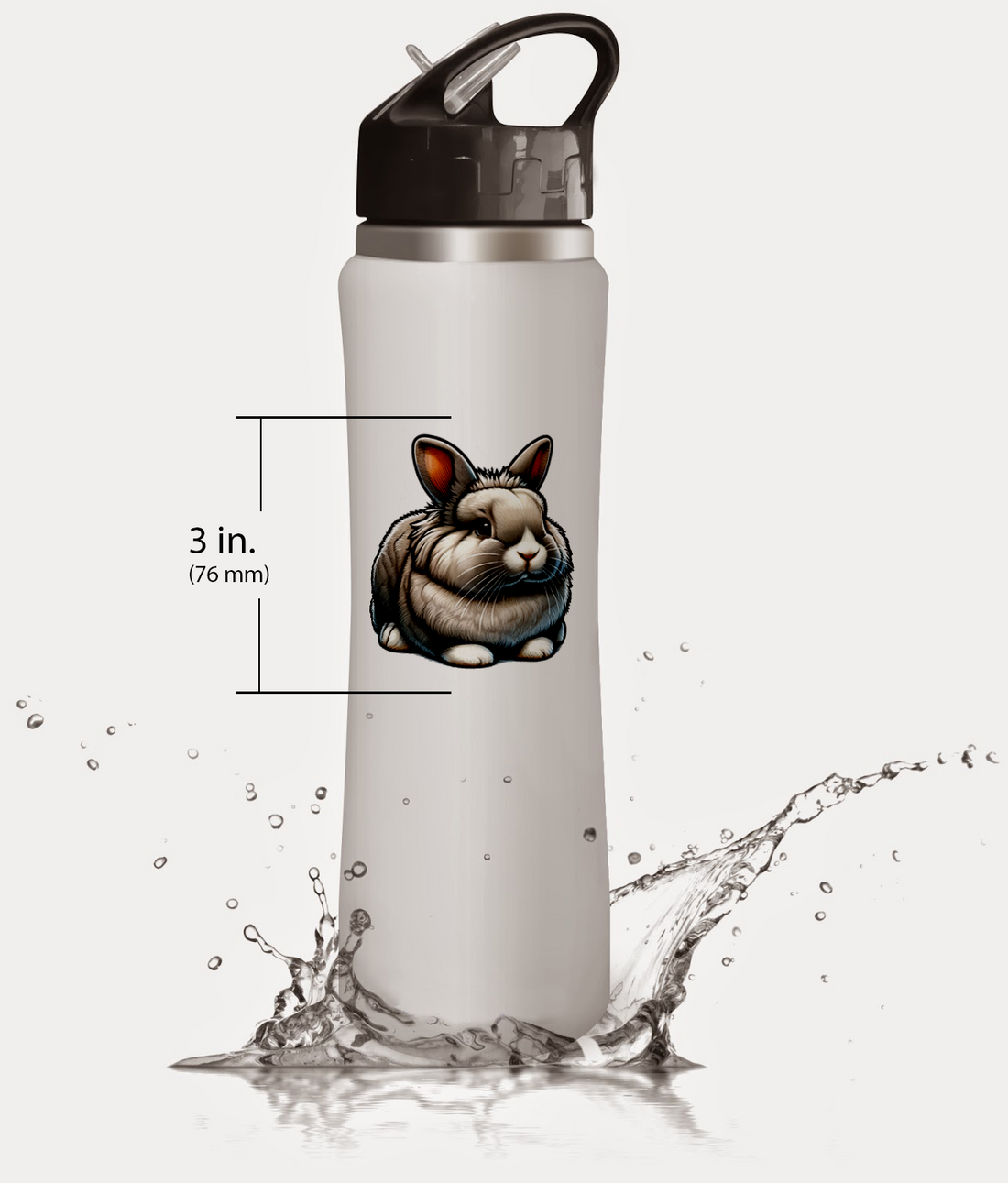

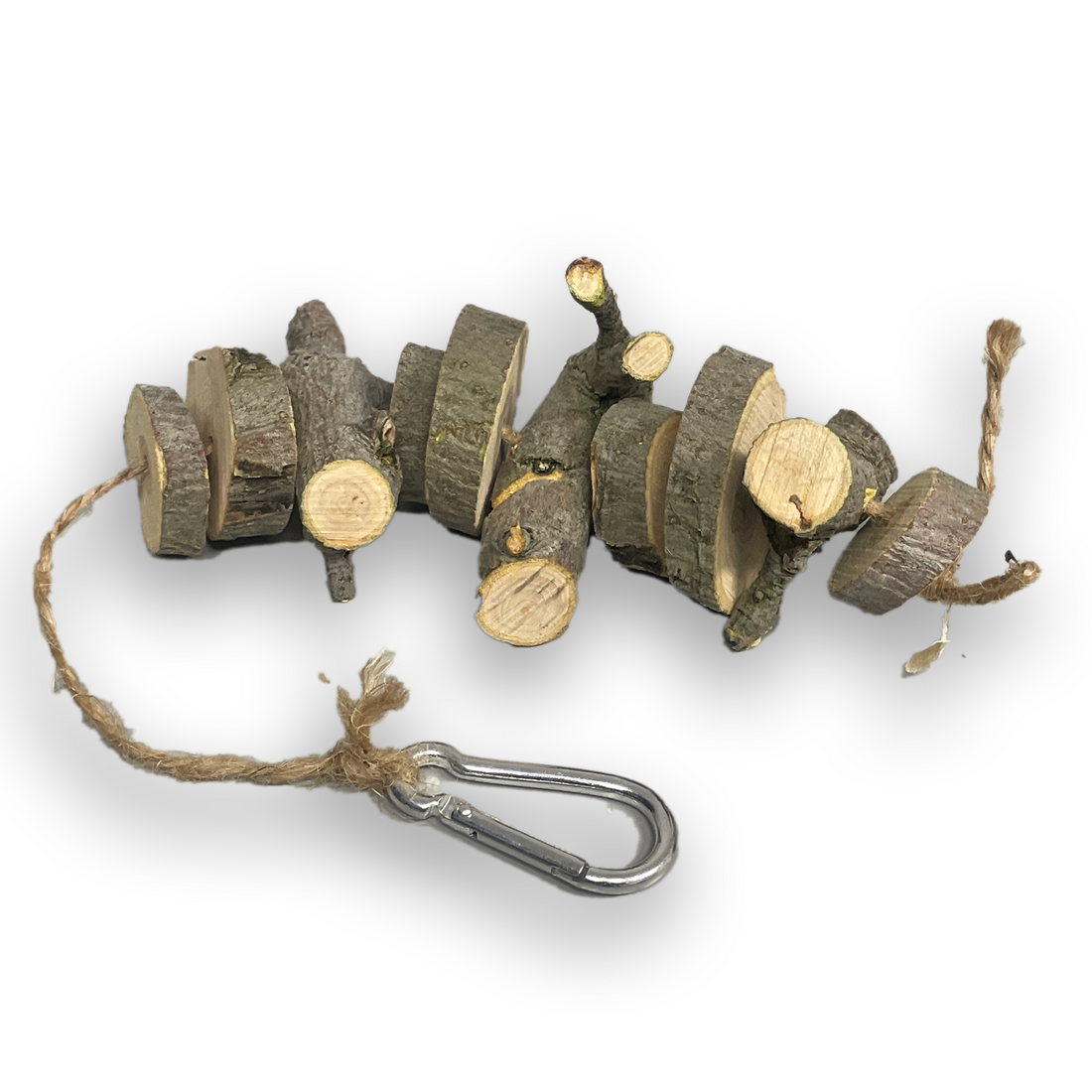

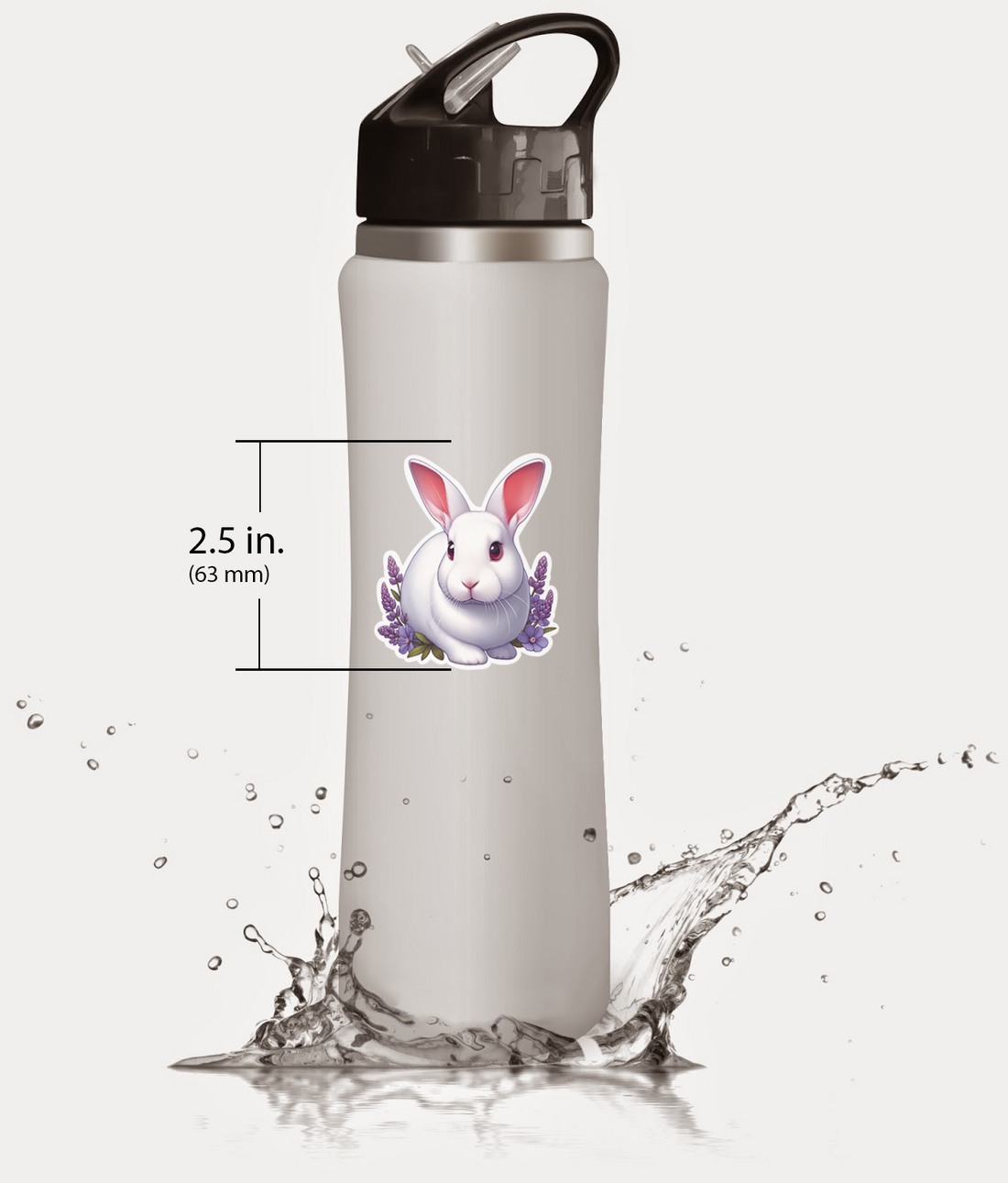

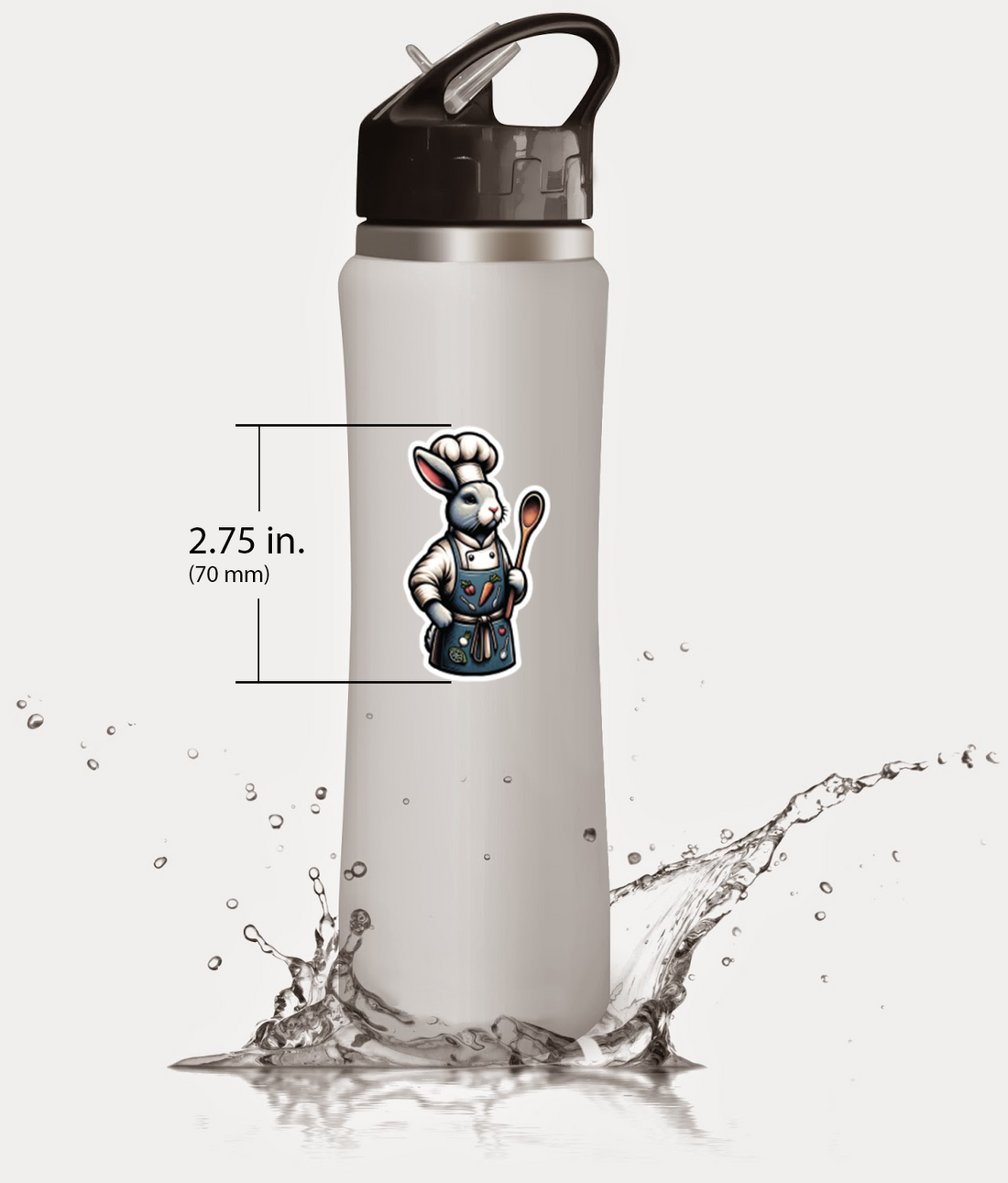



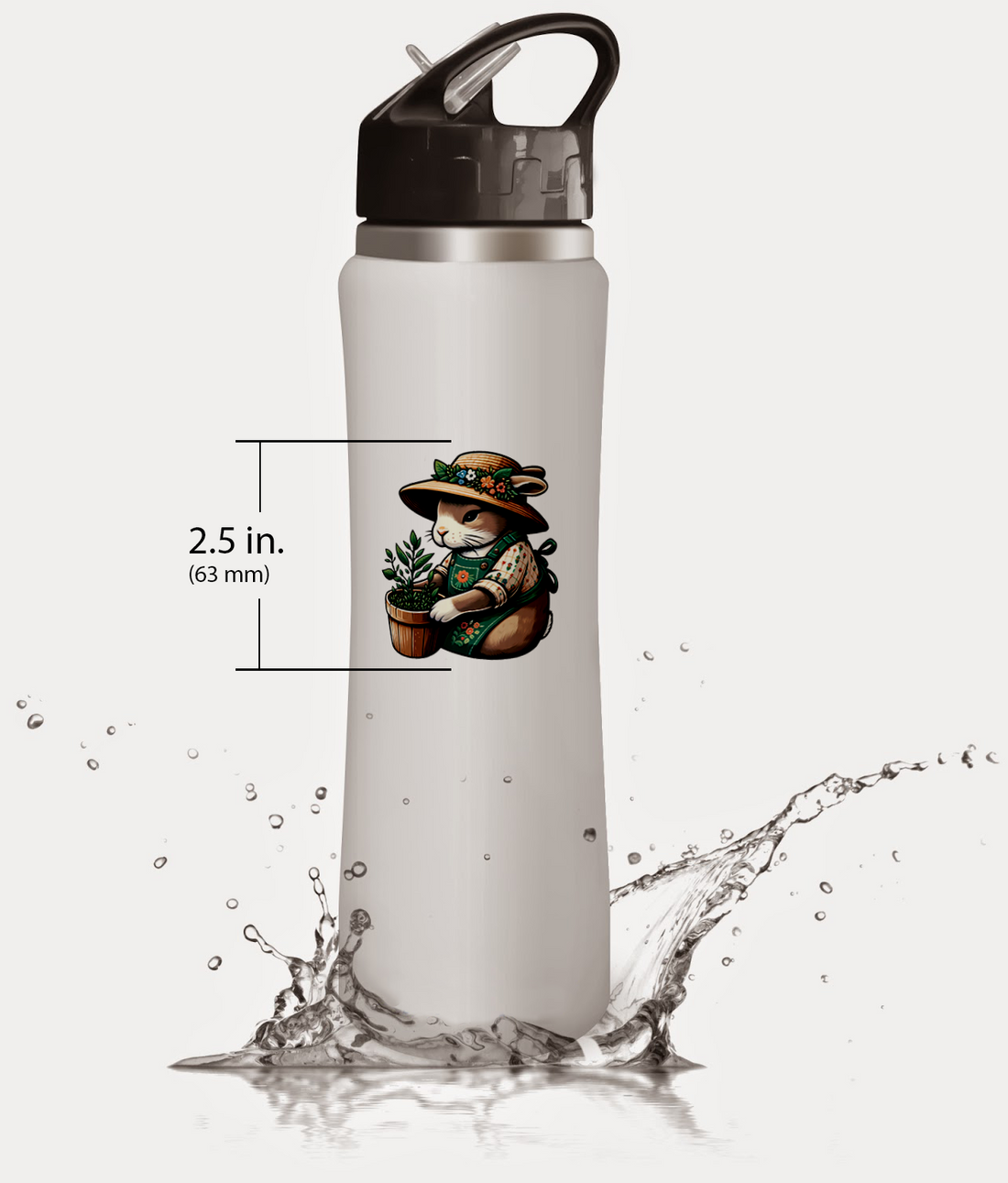

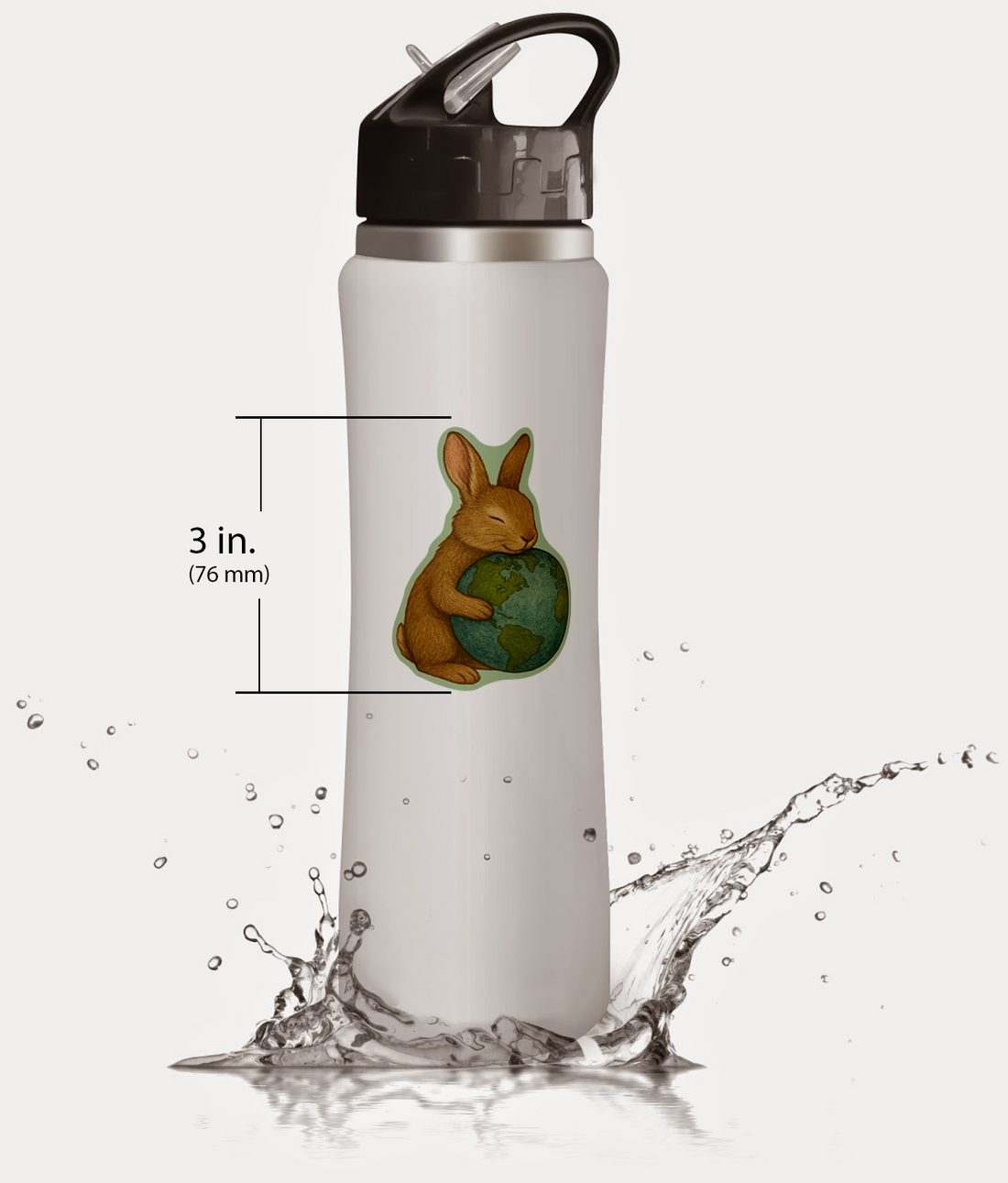







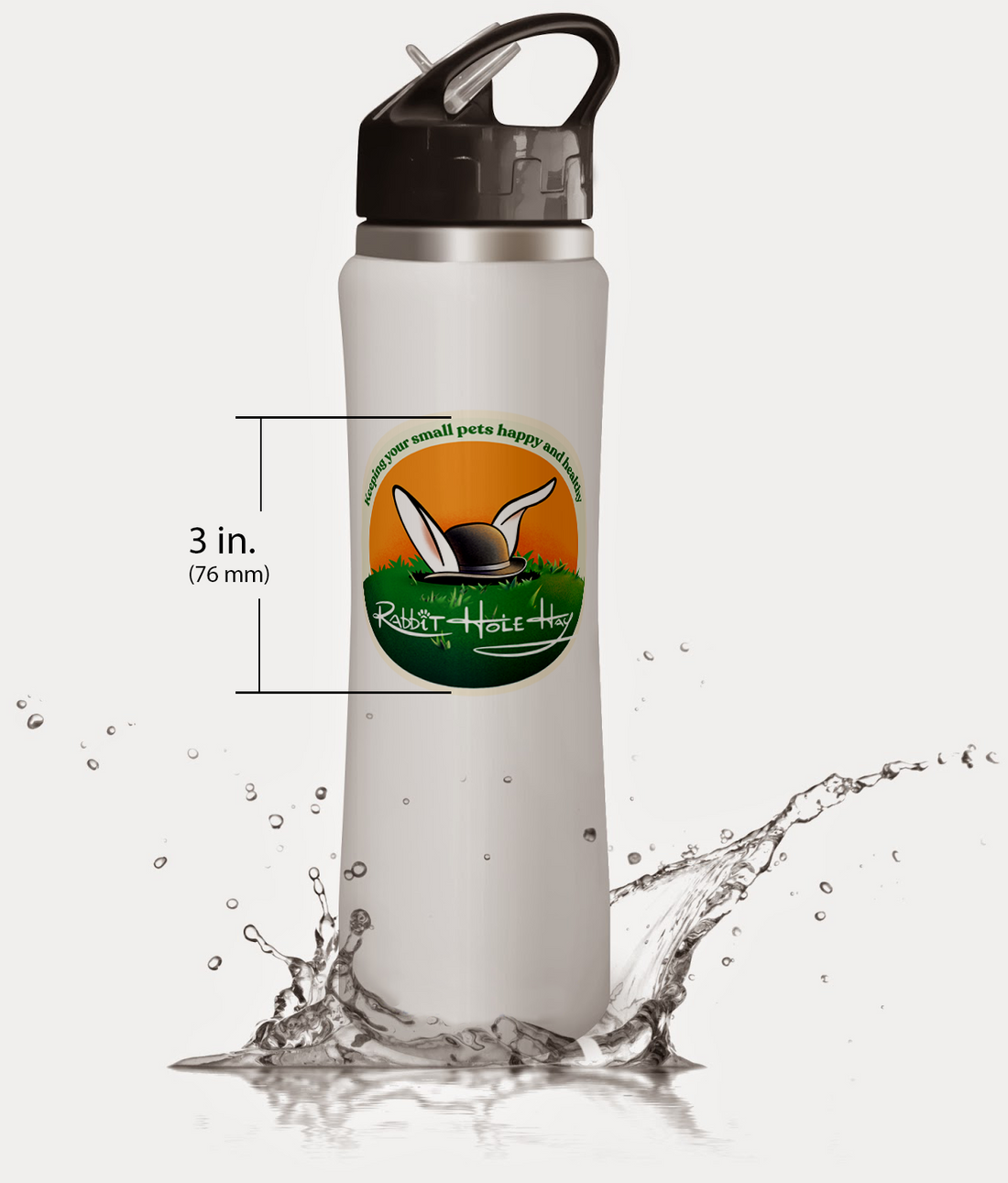







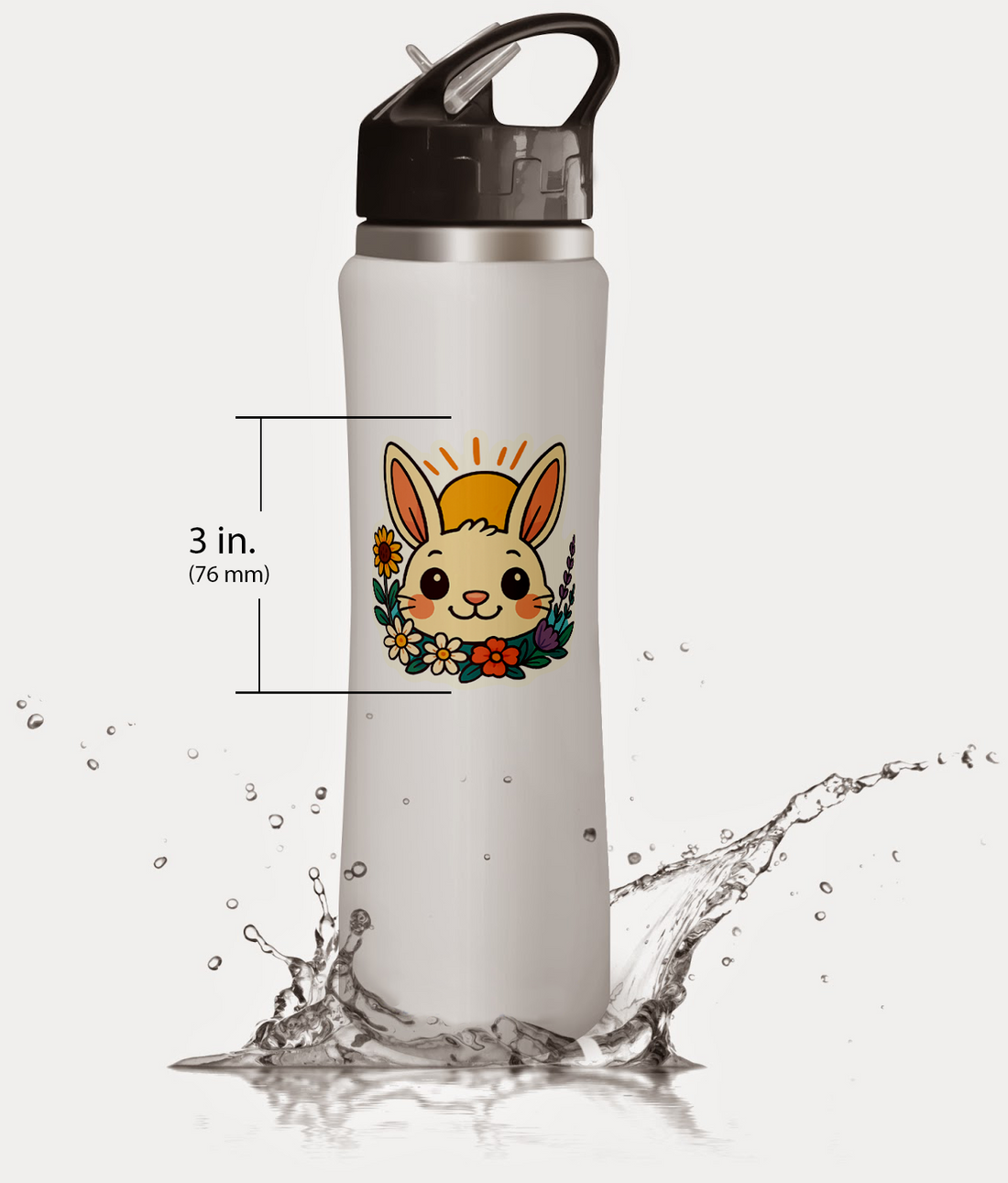



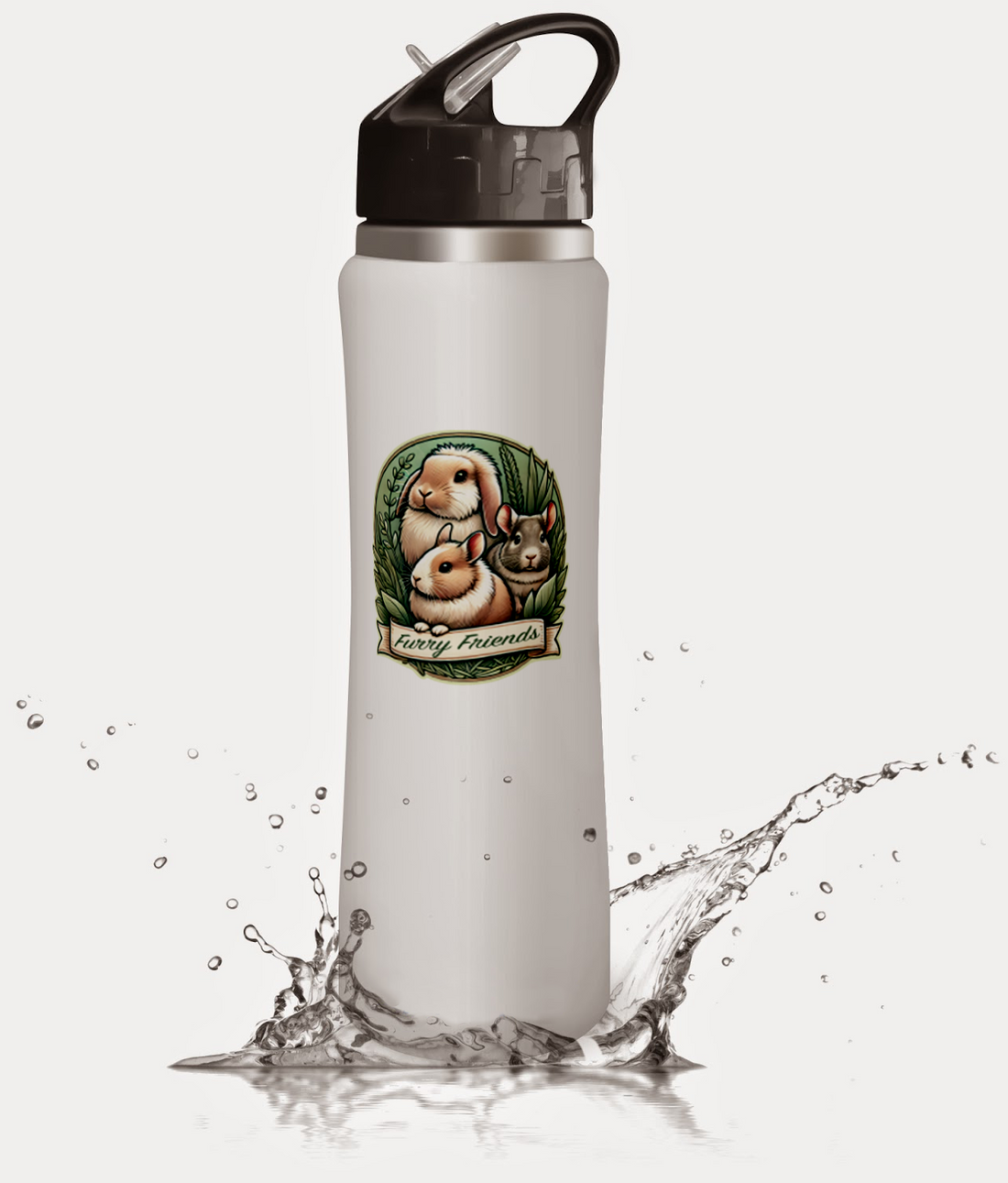

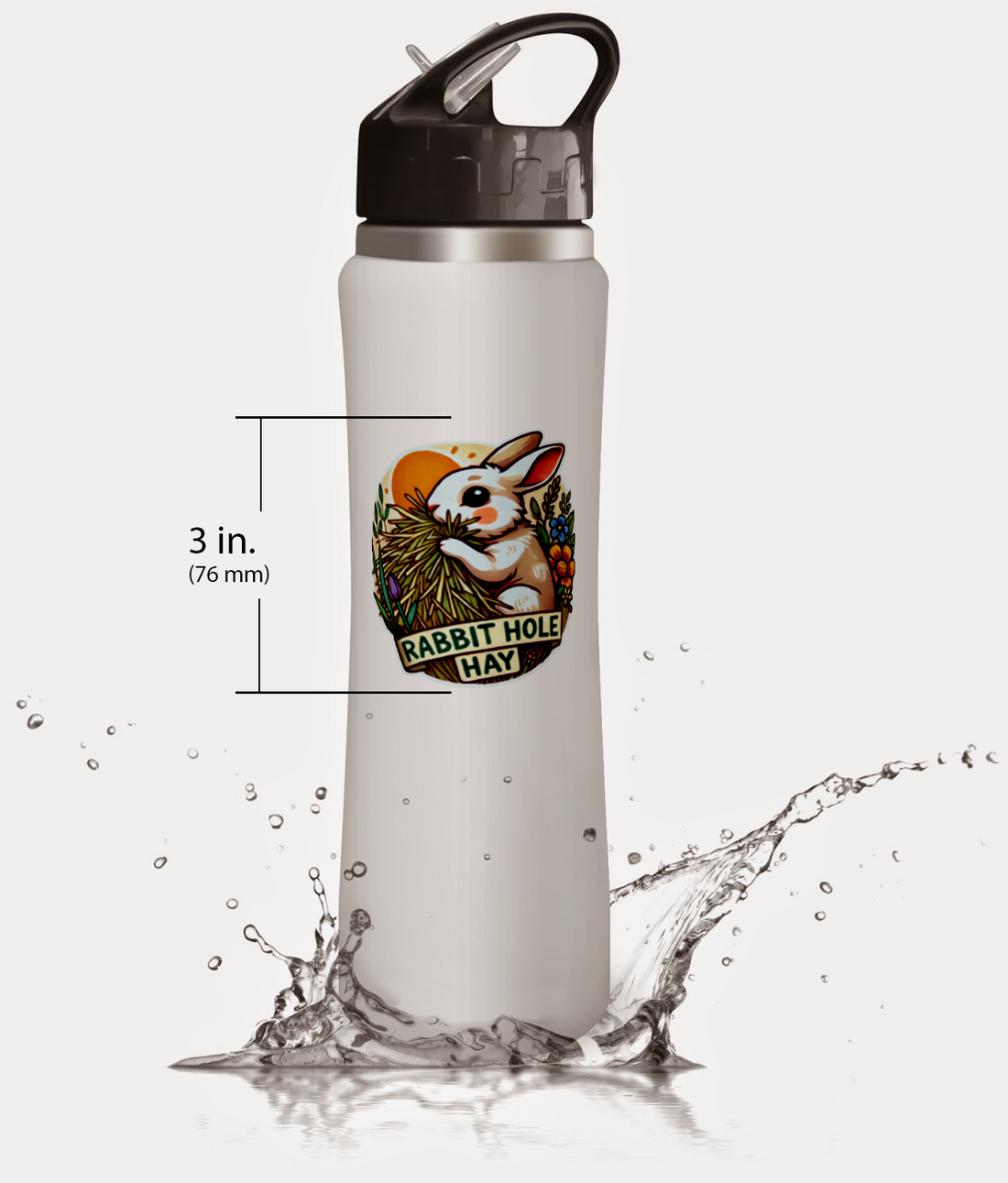











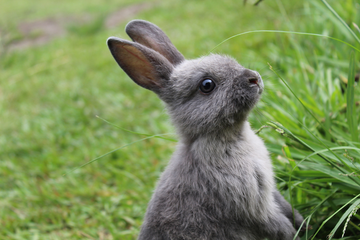
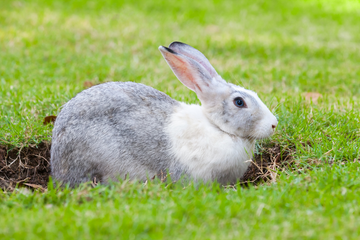




Comments